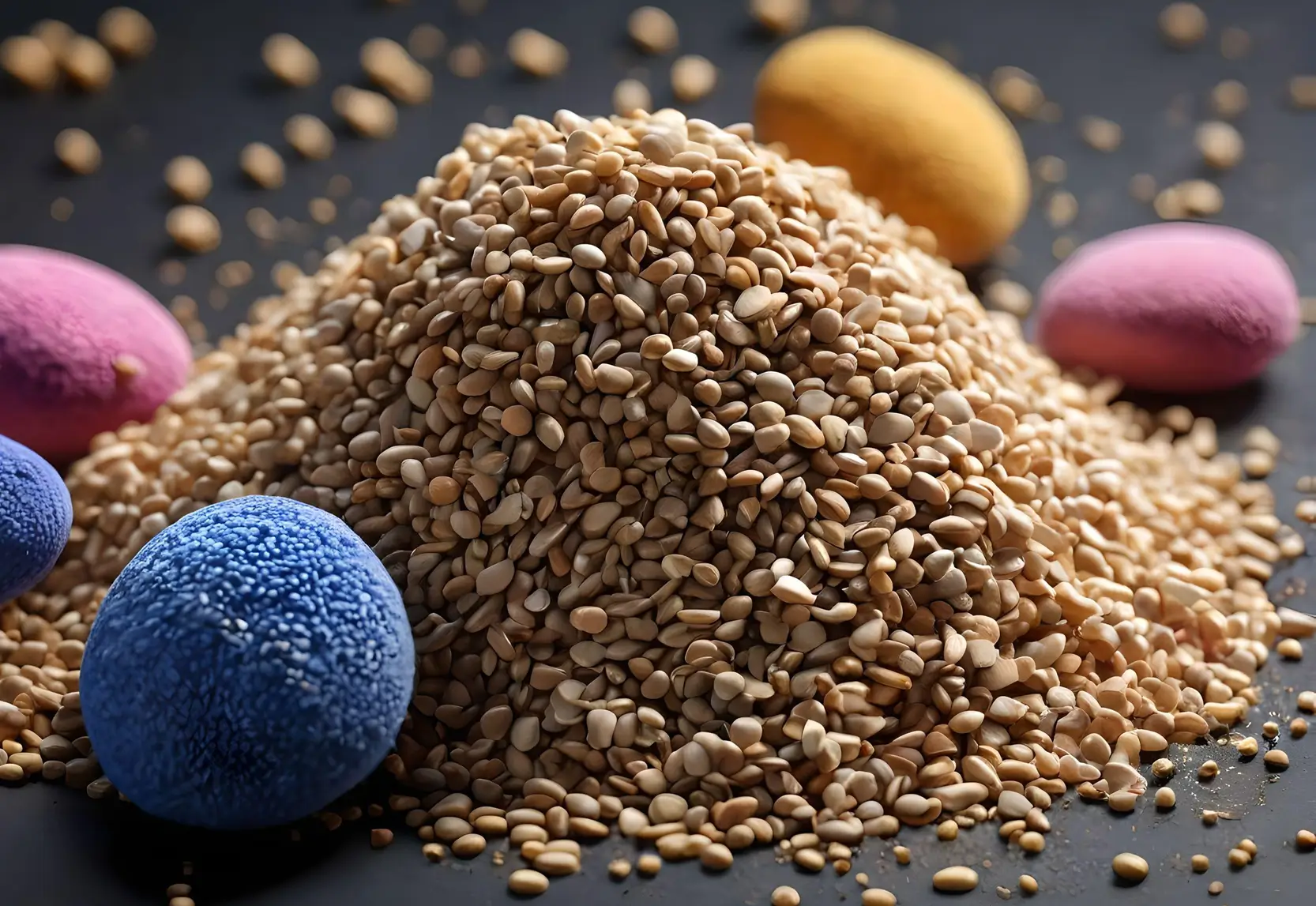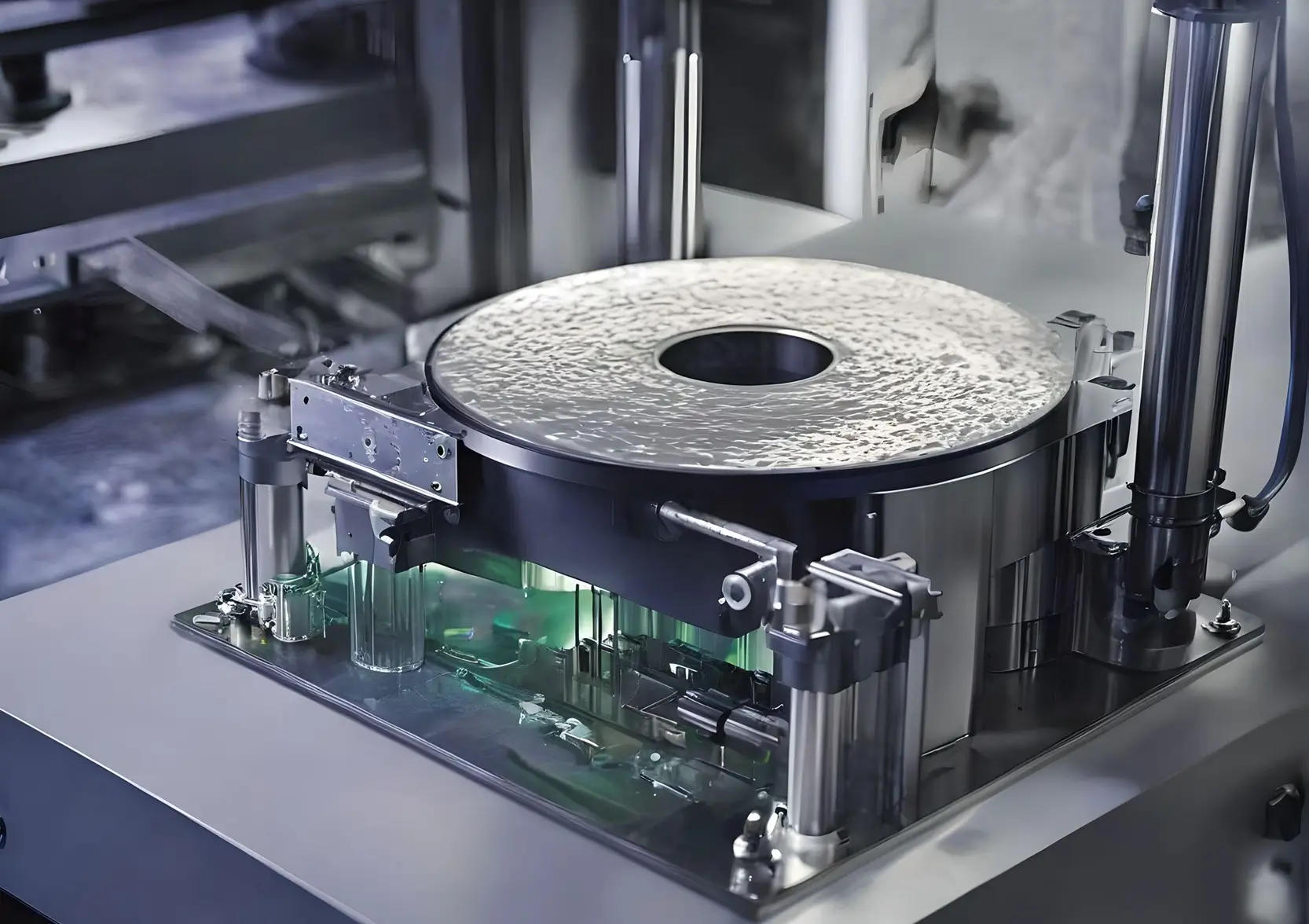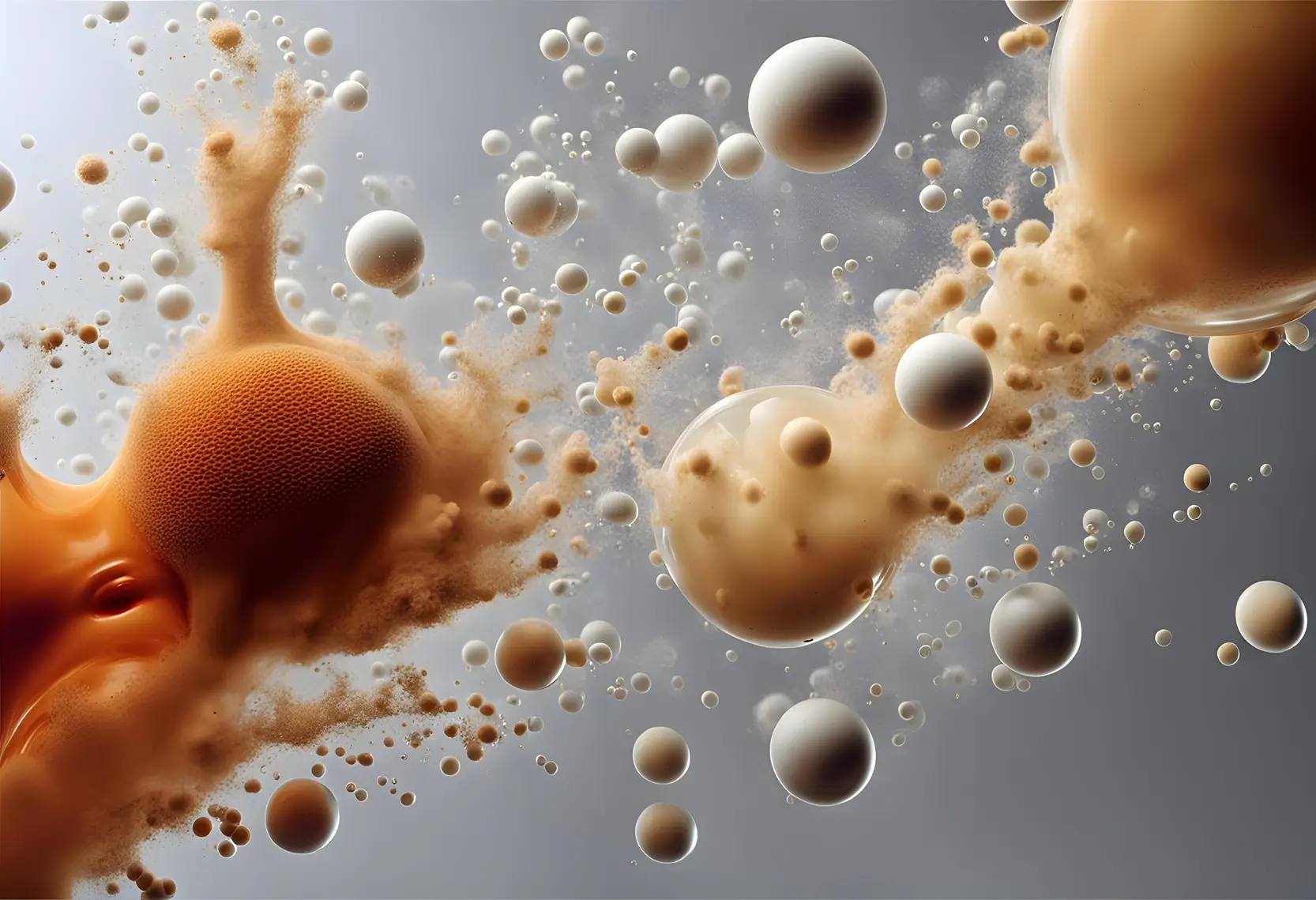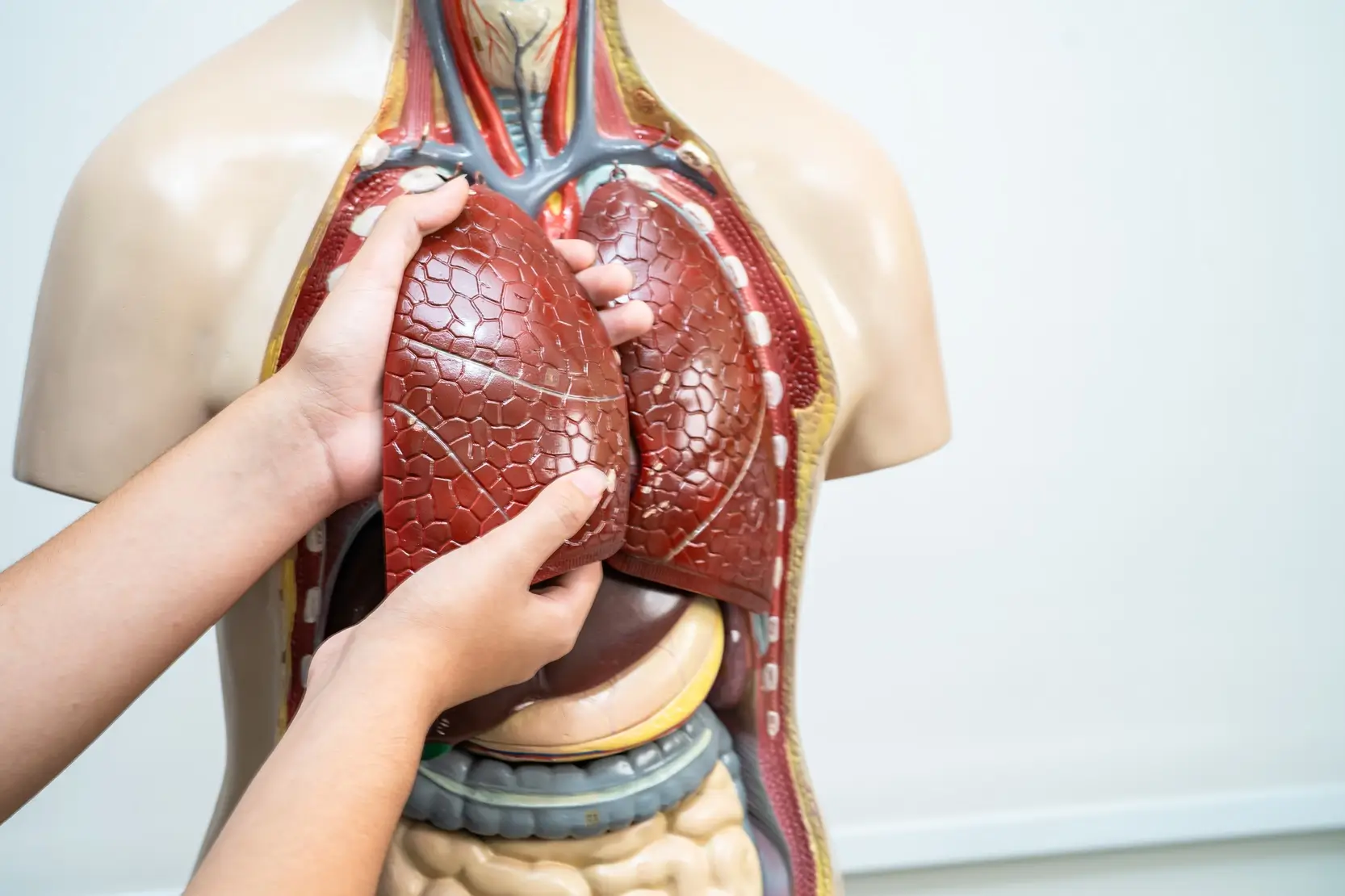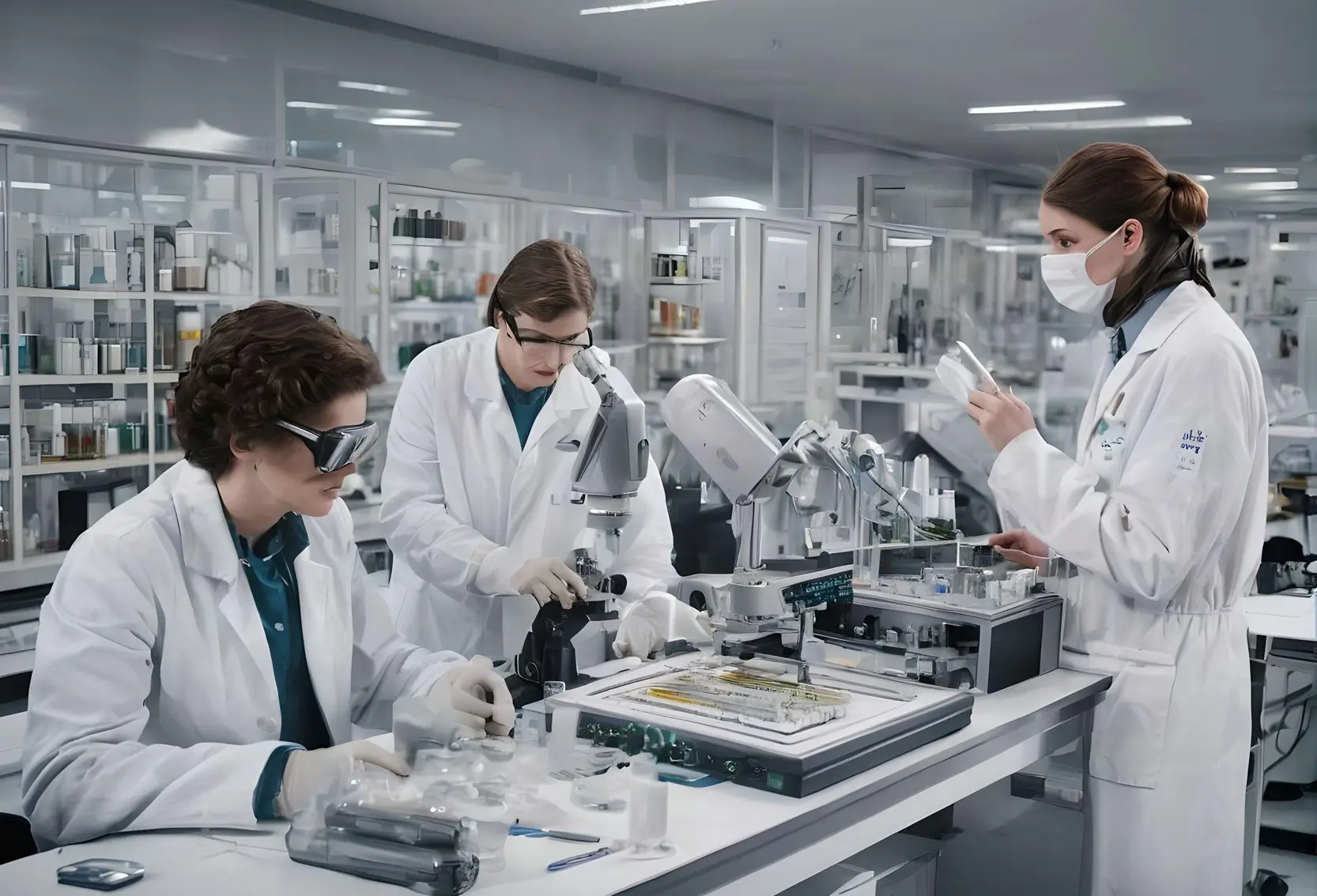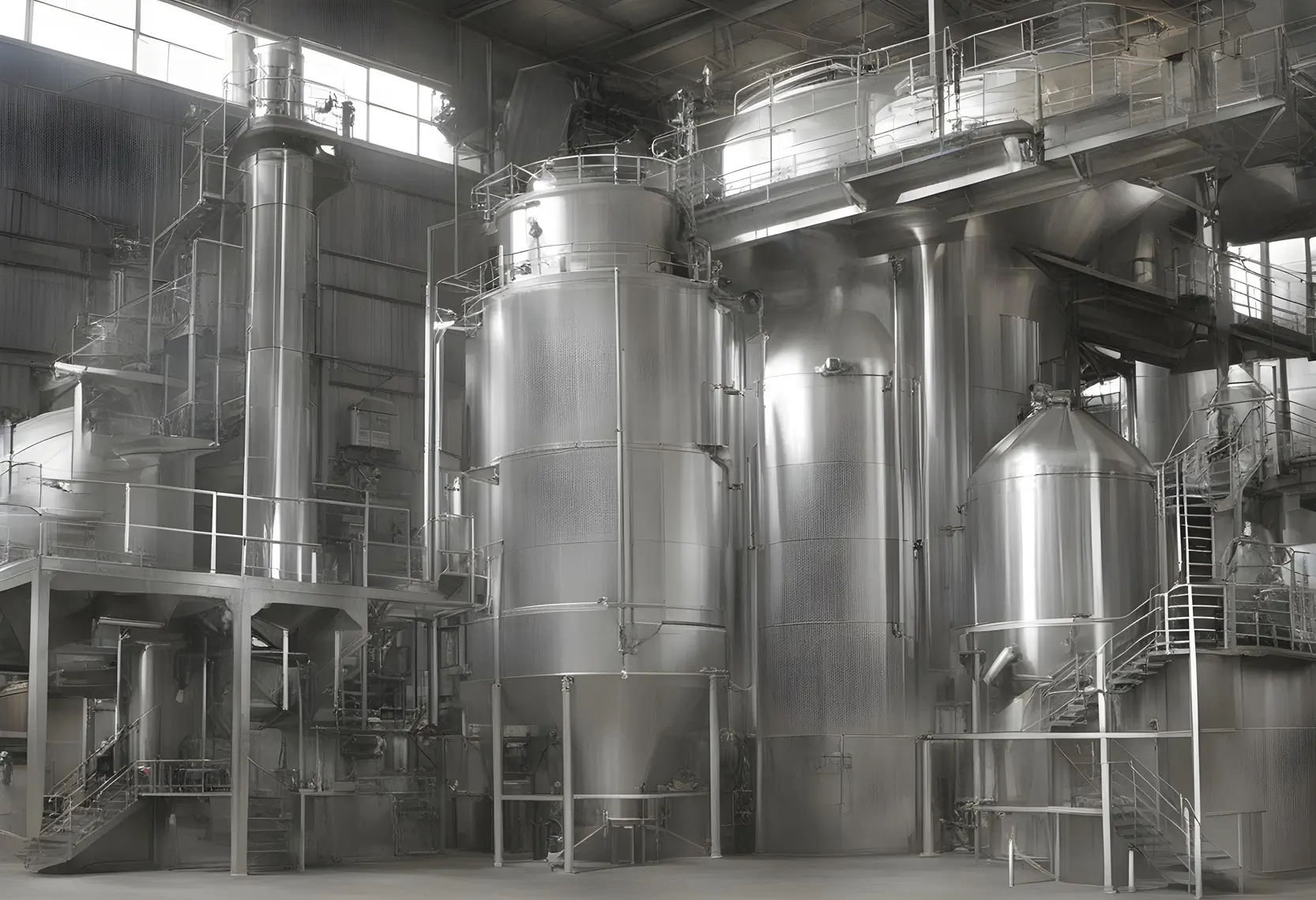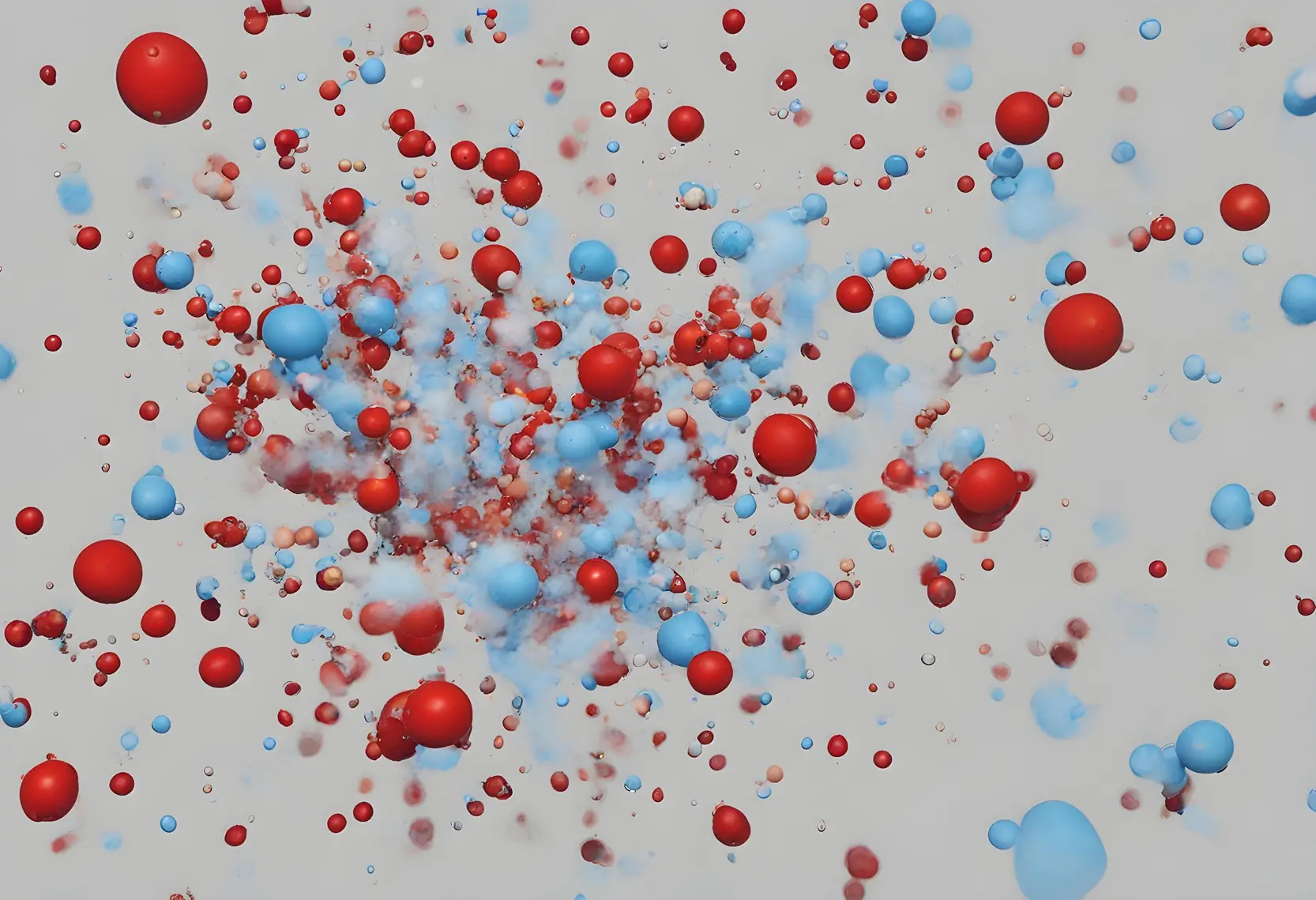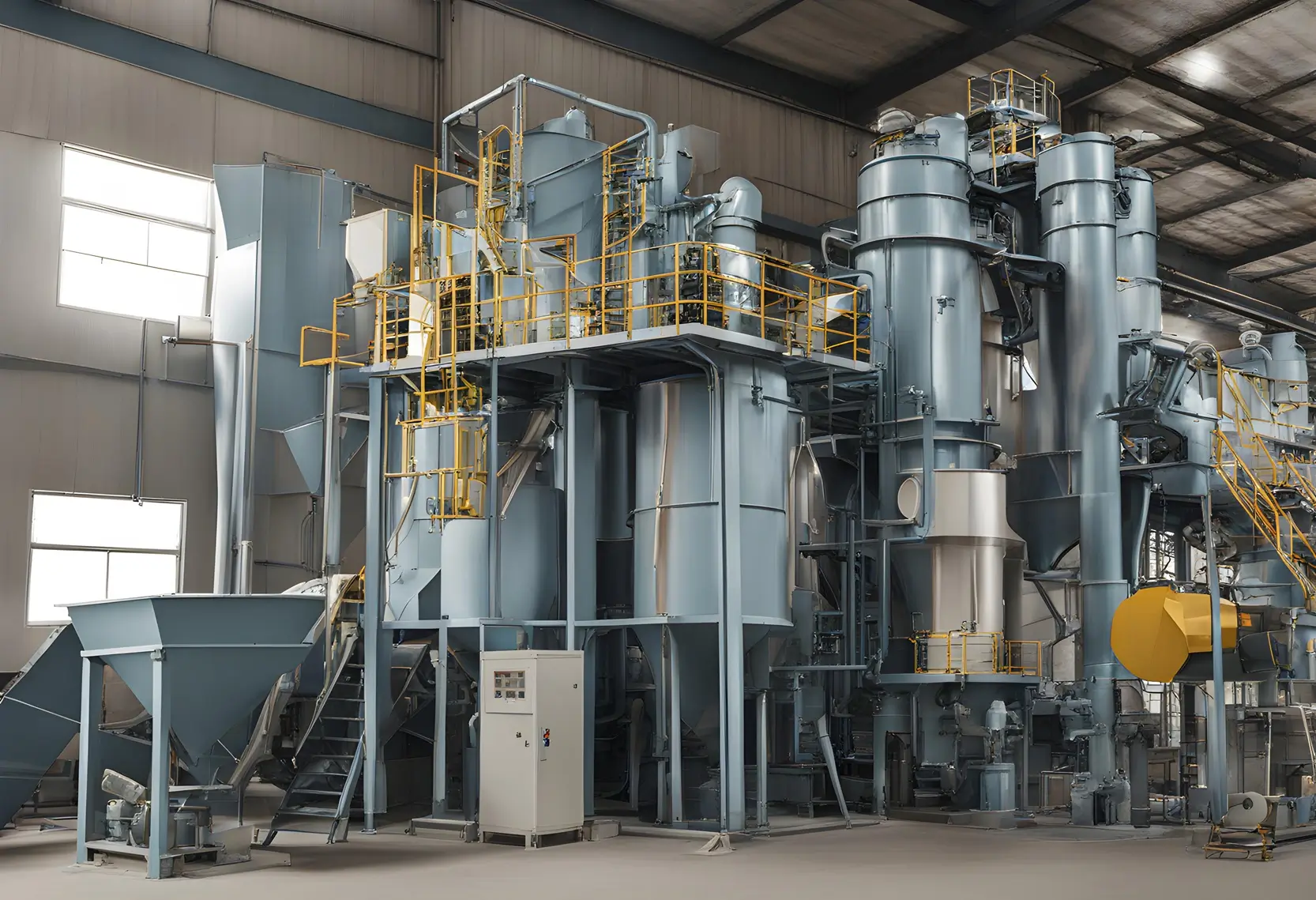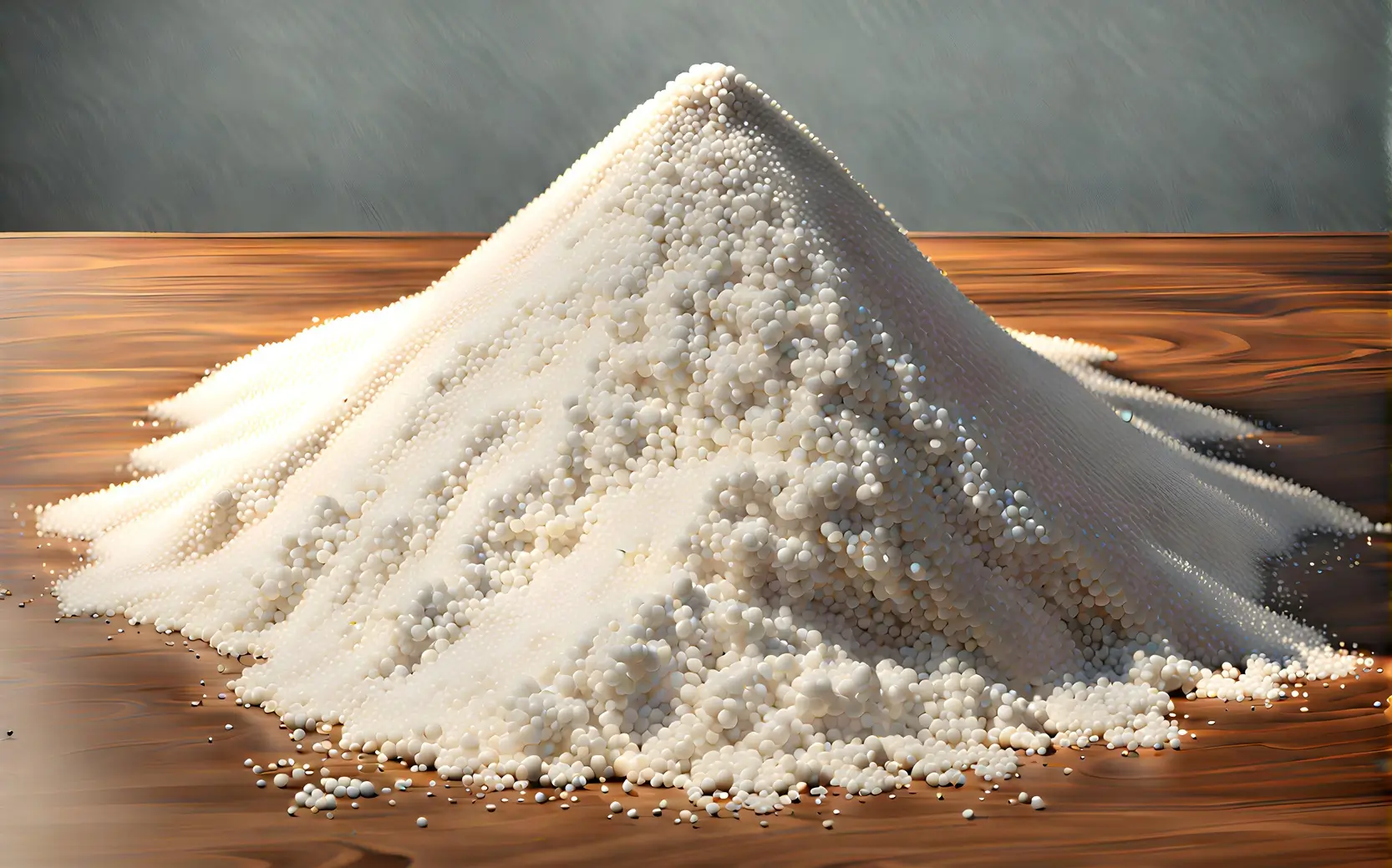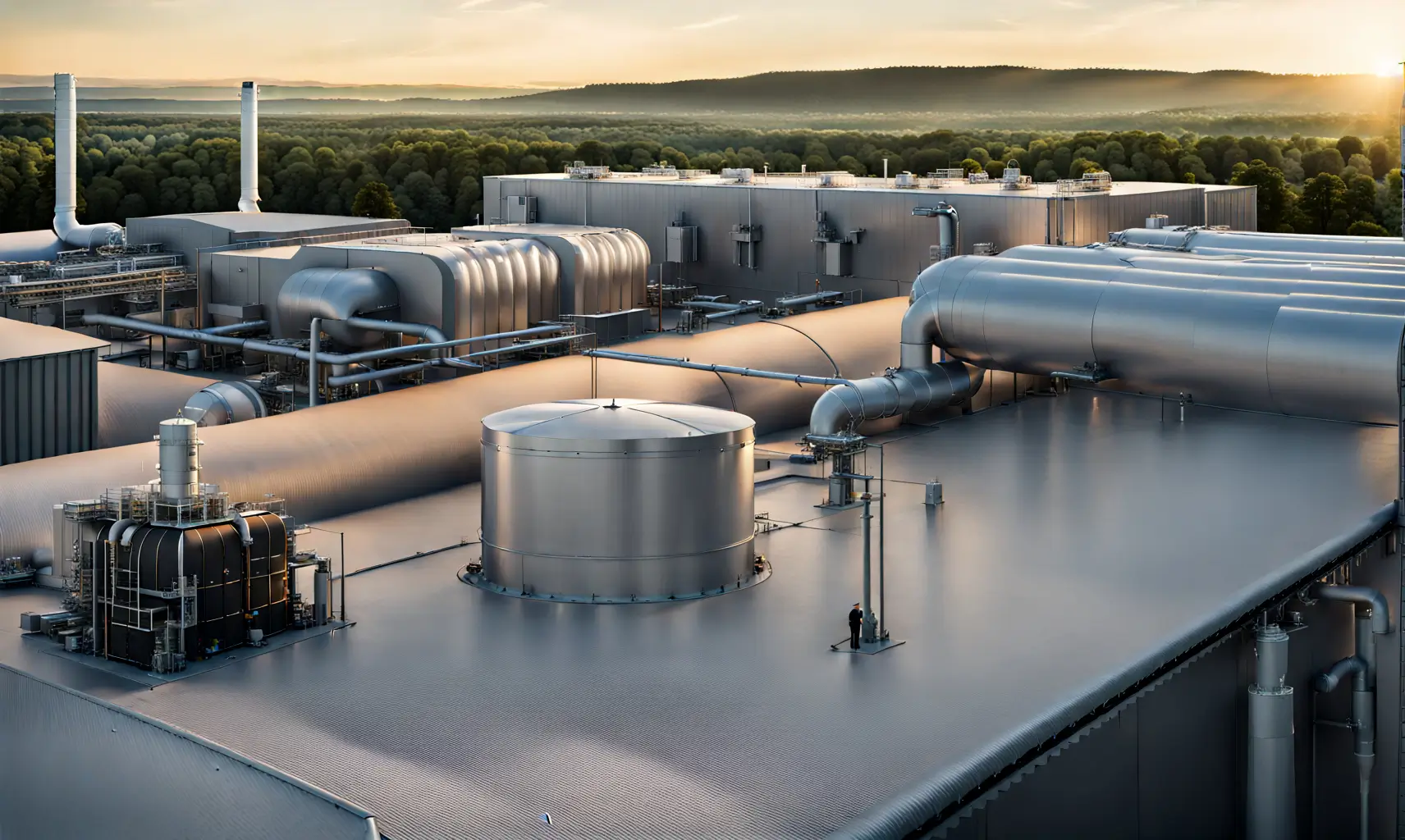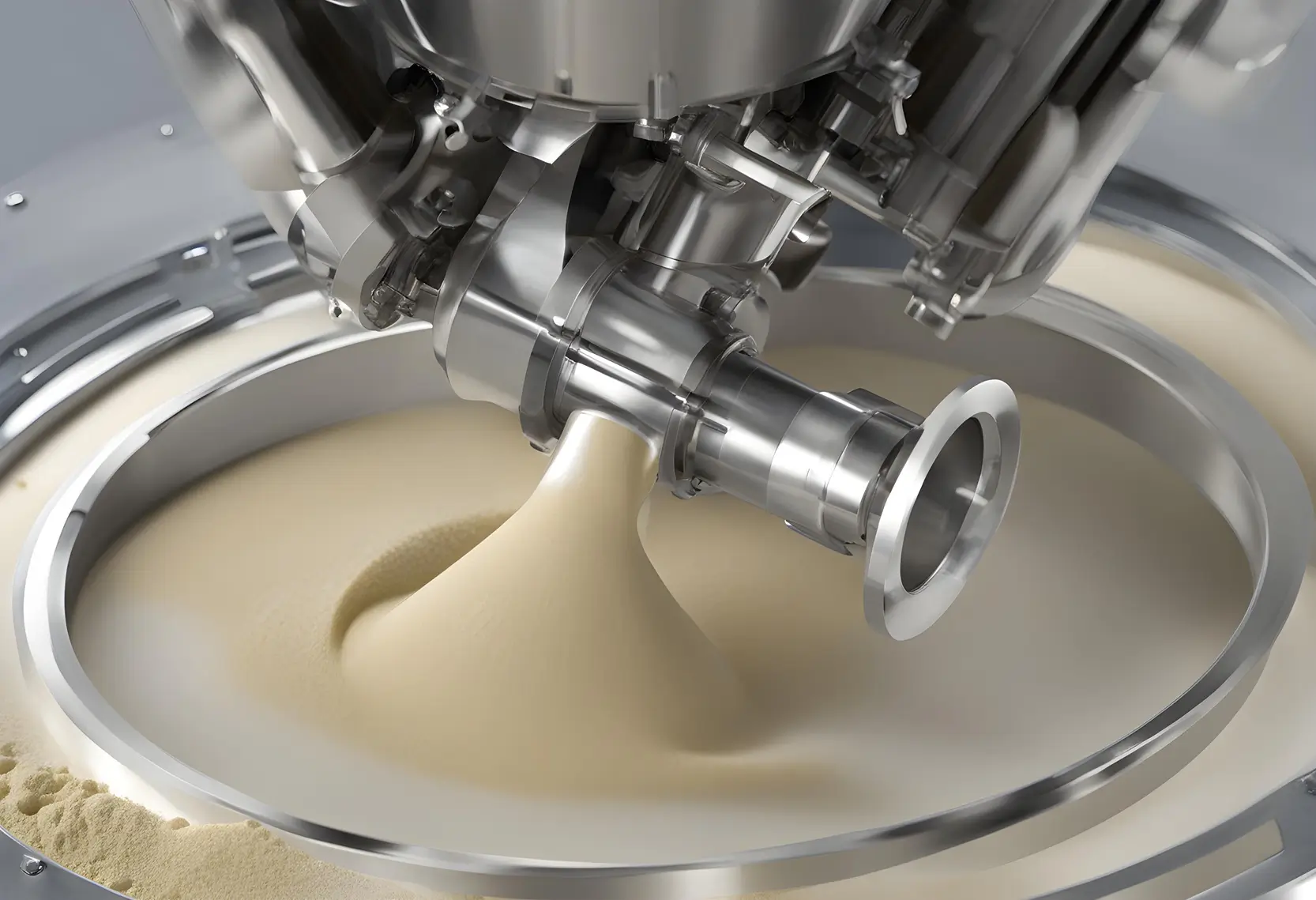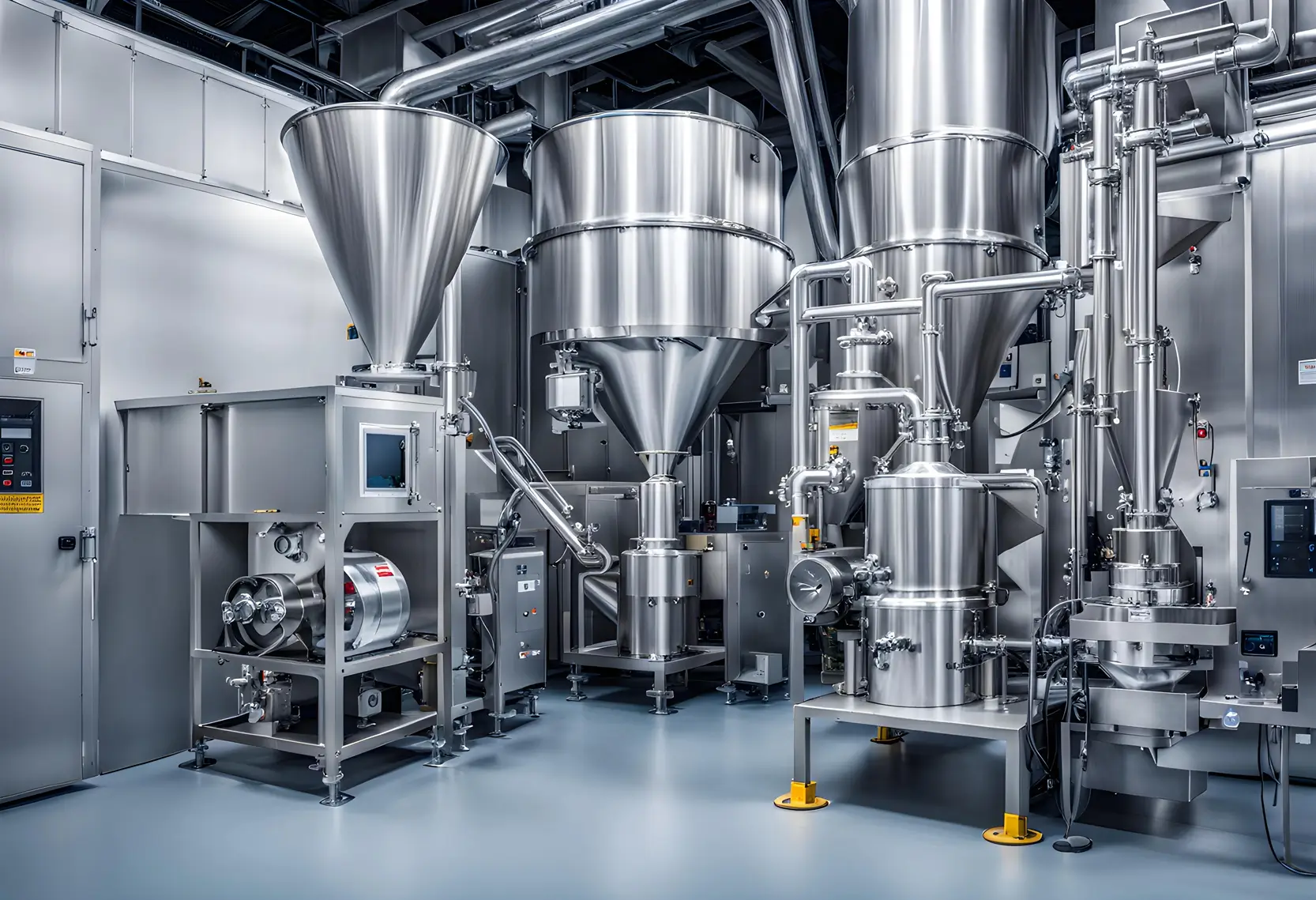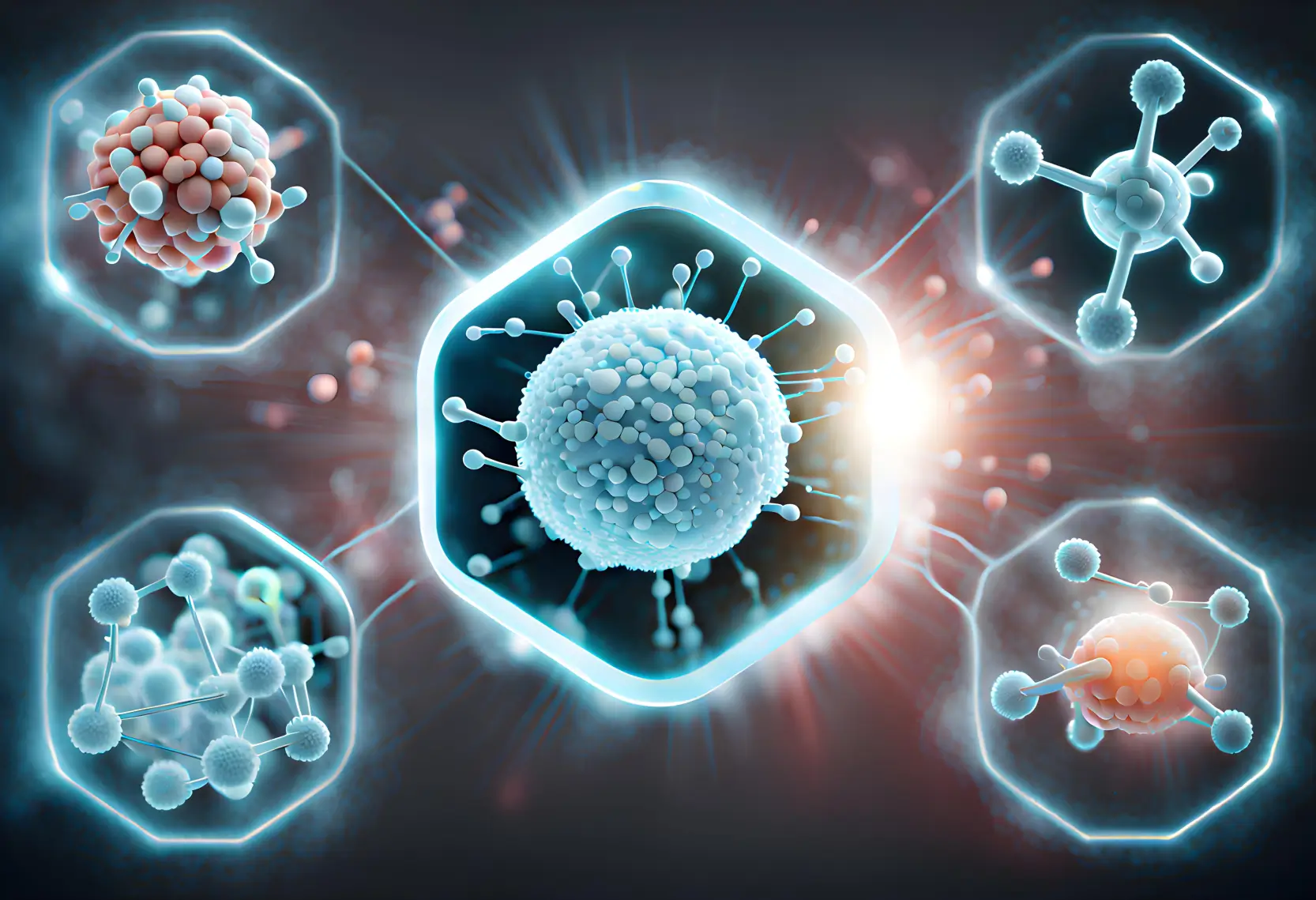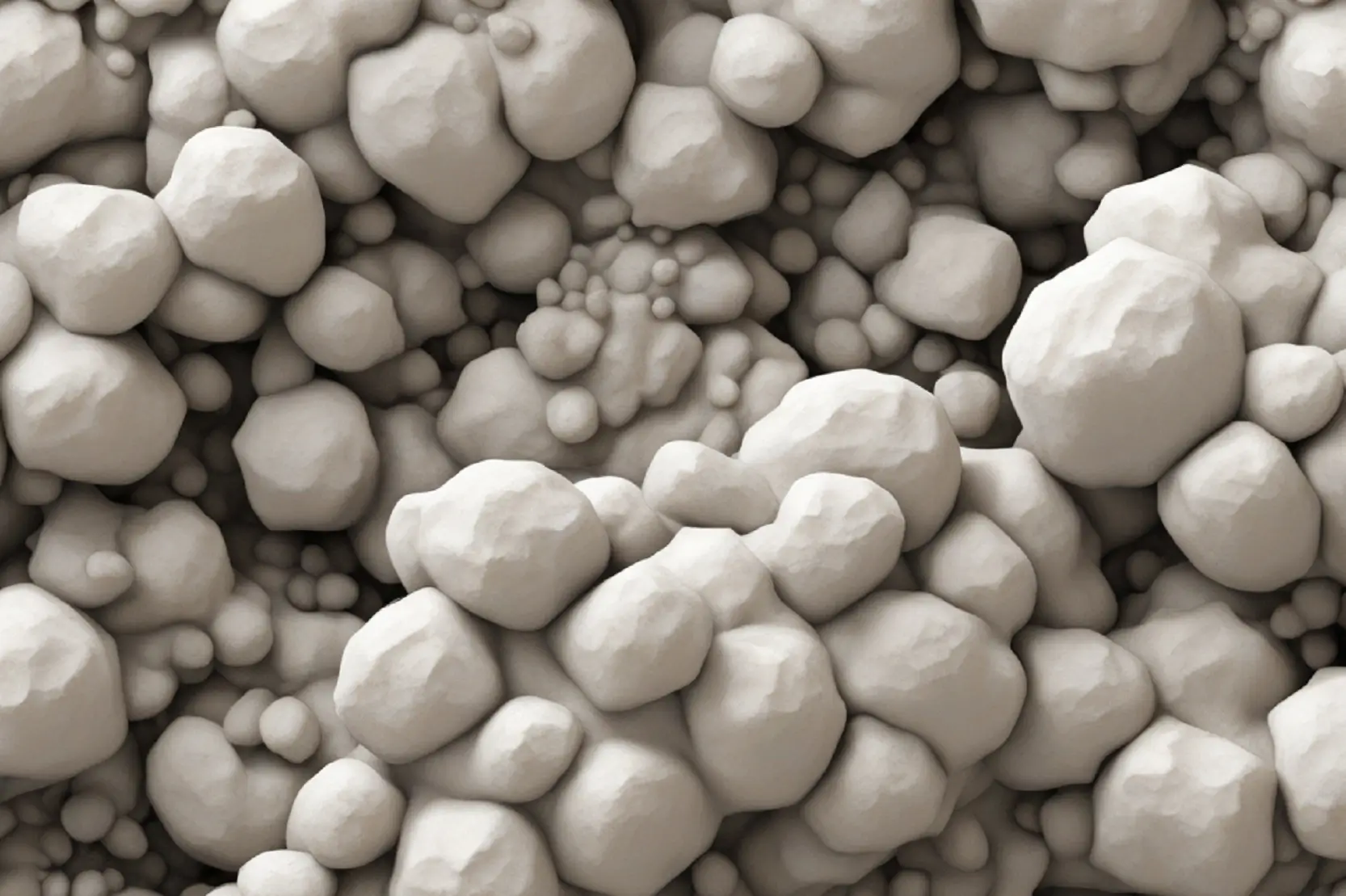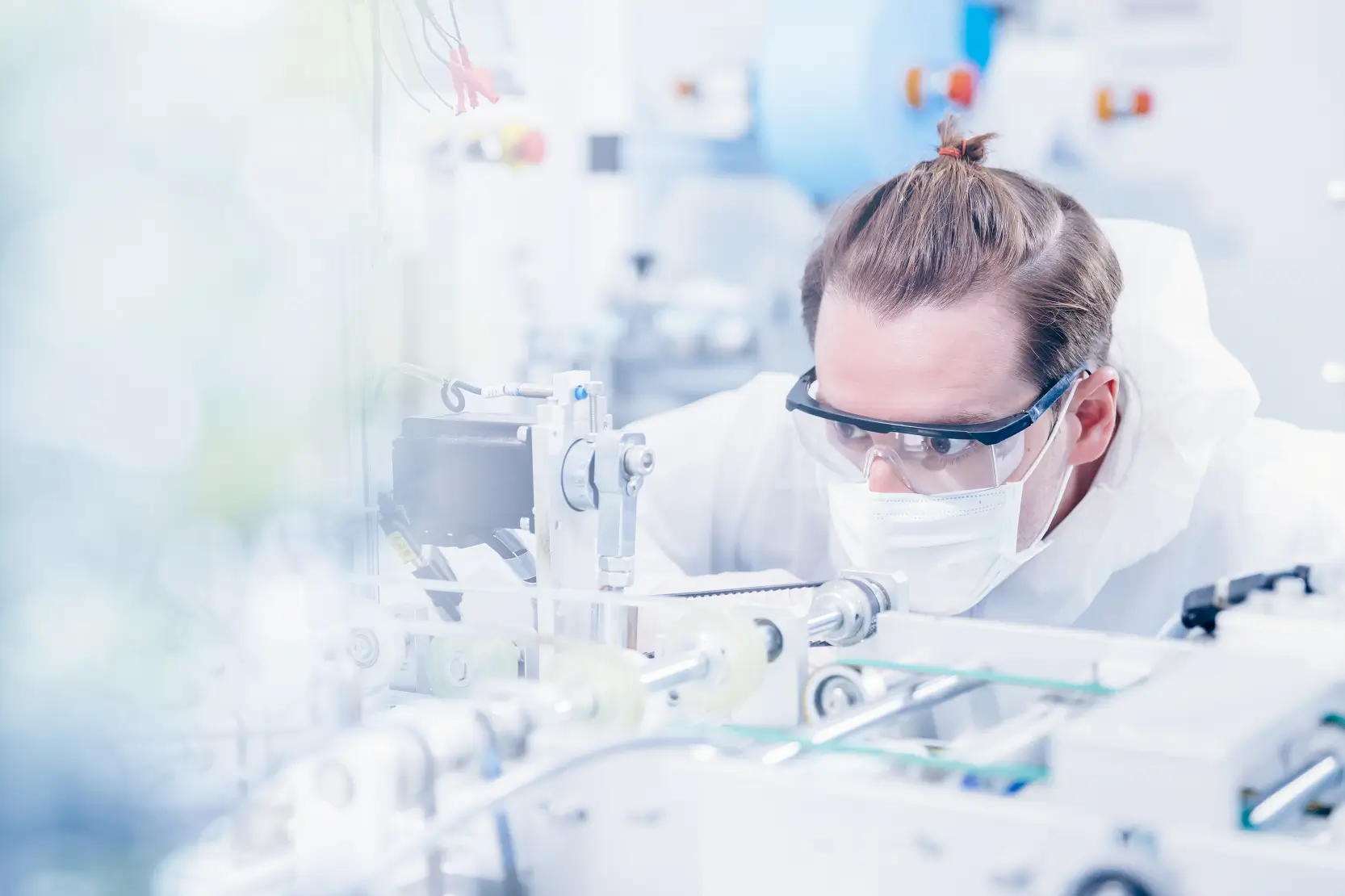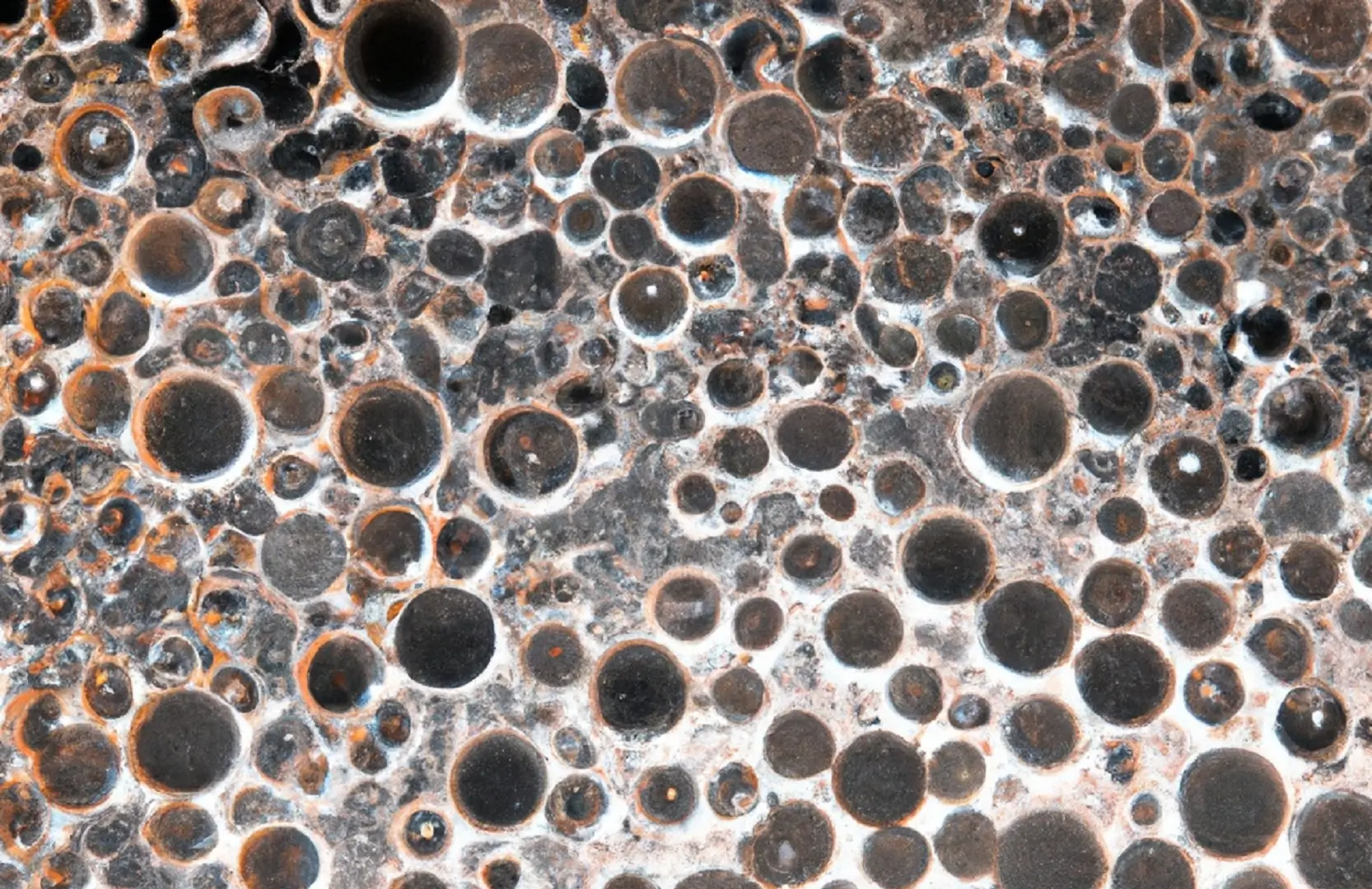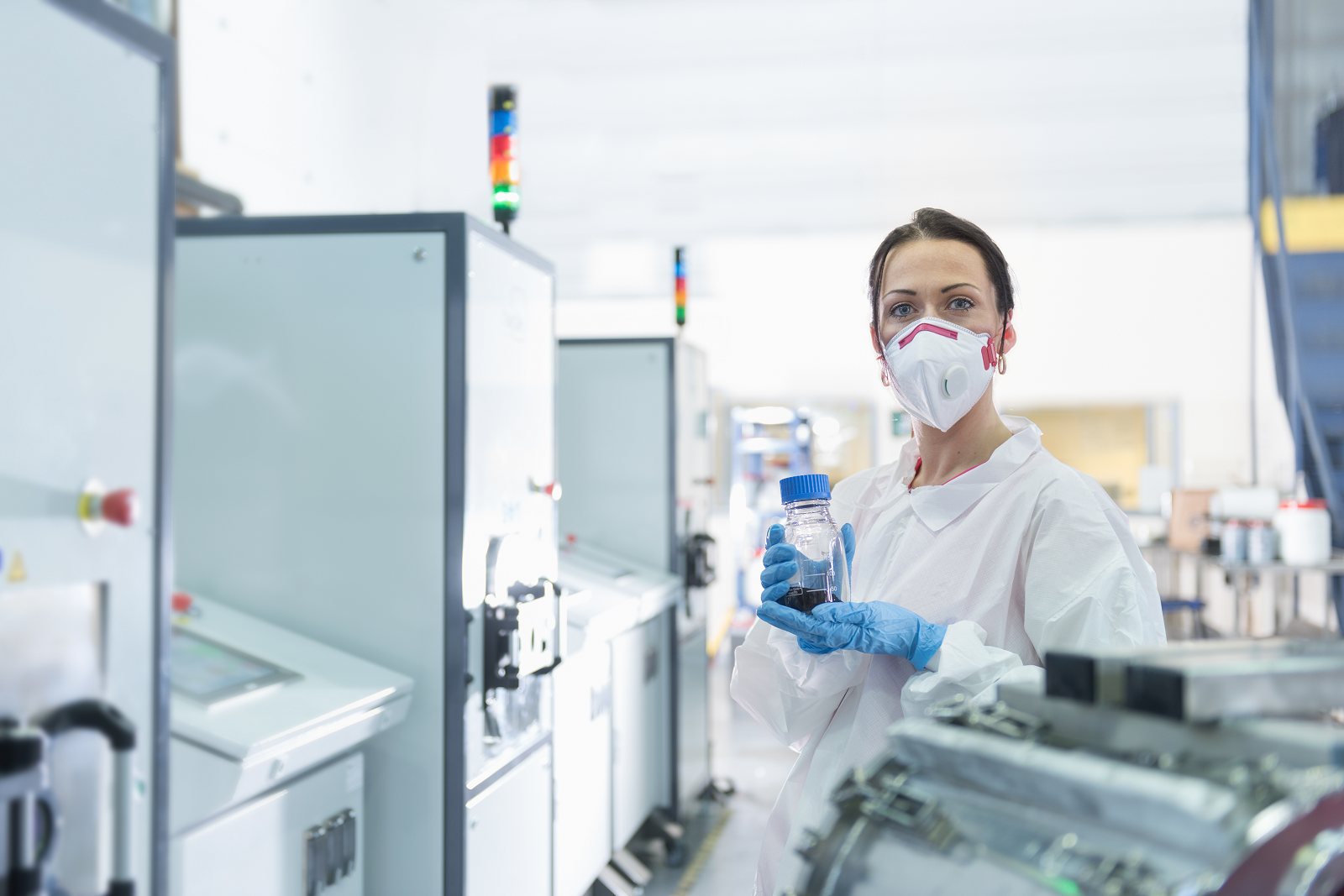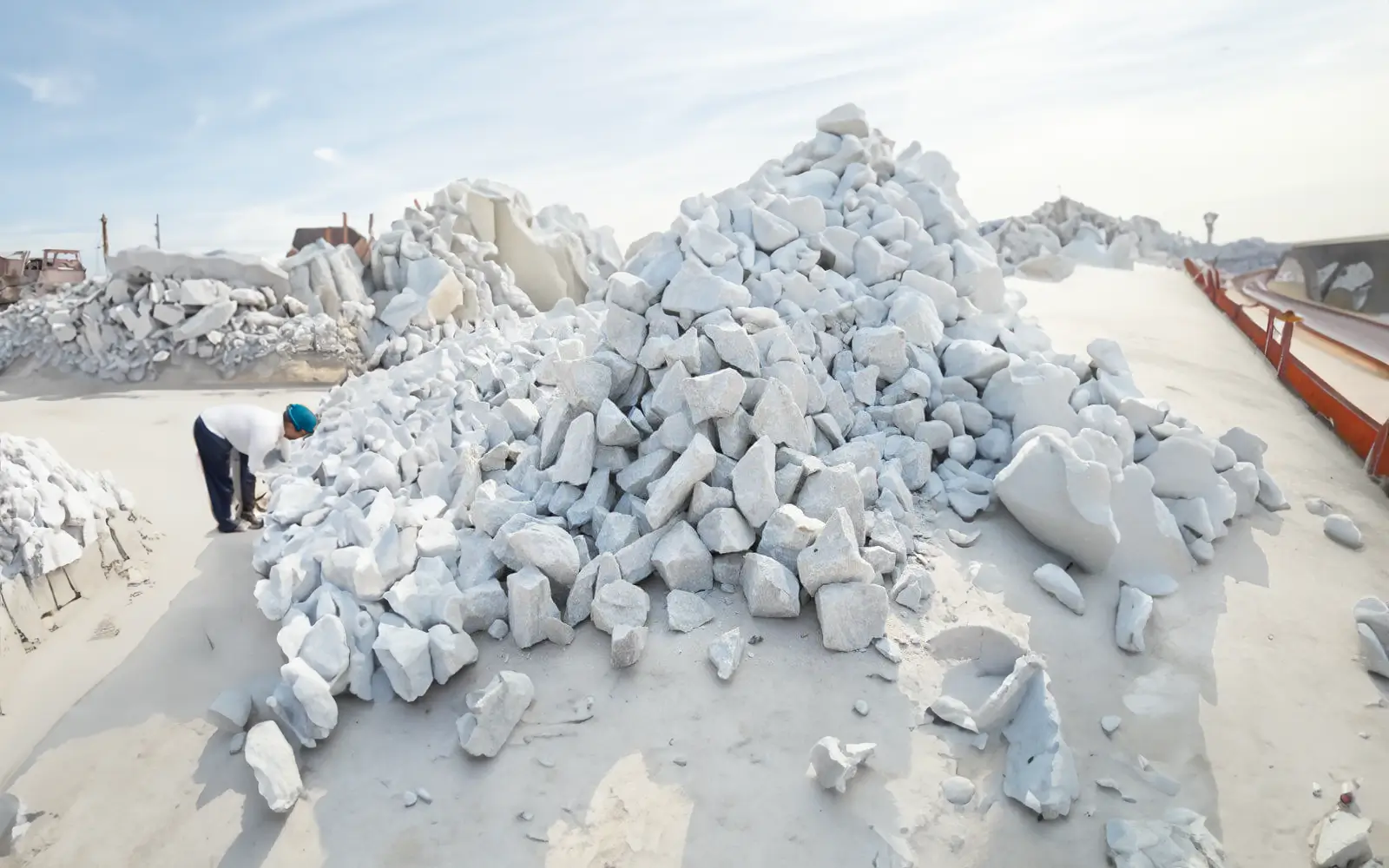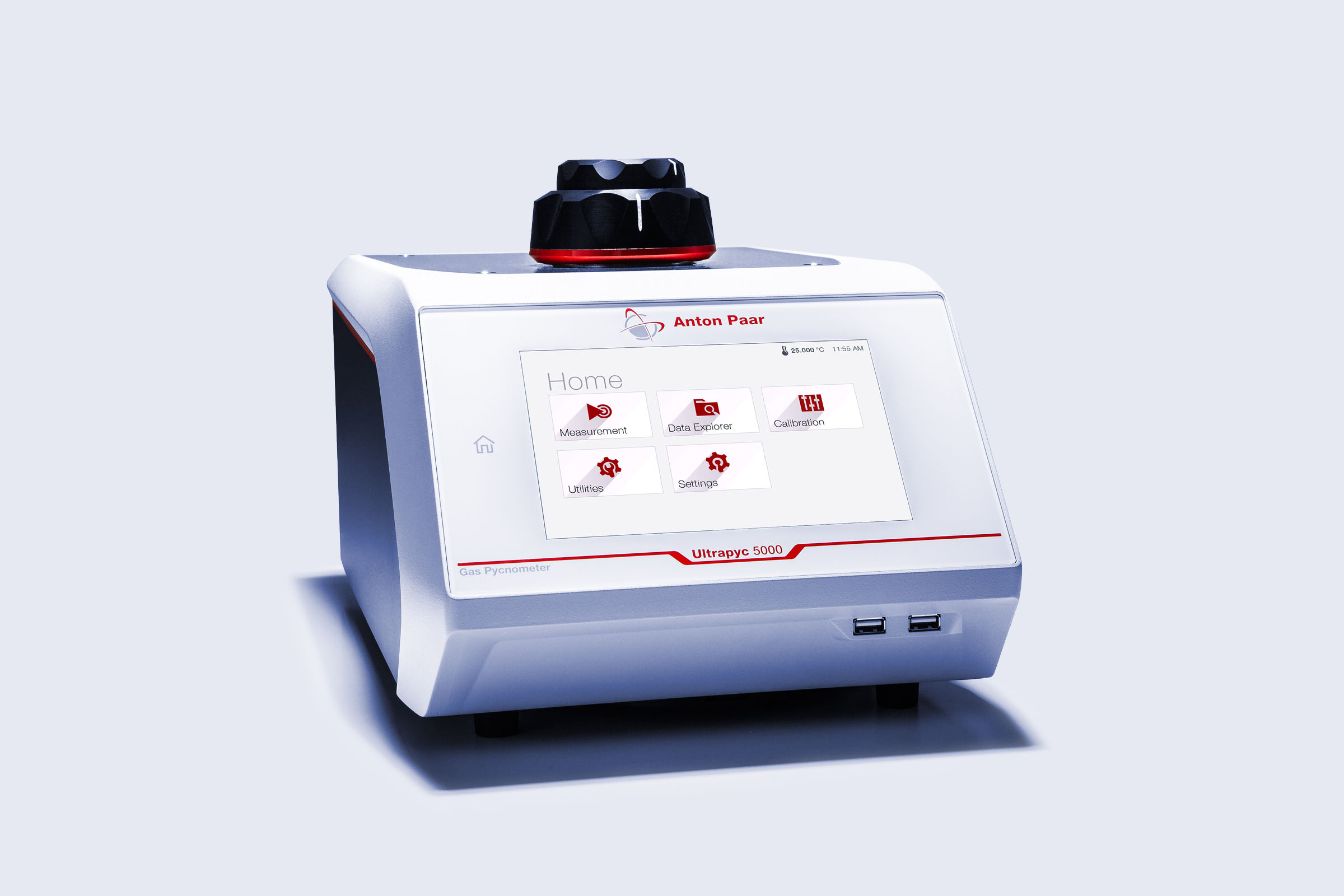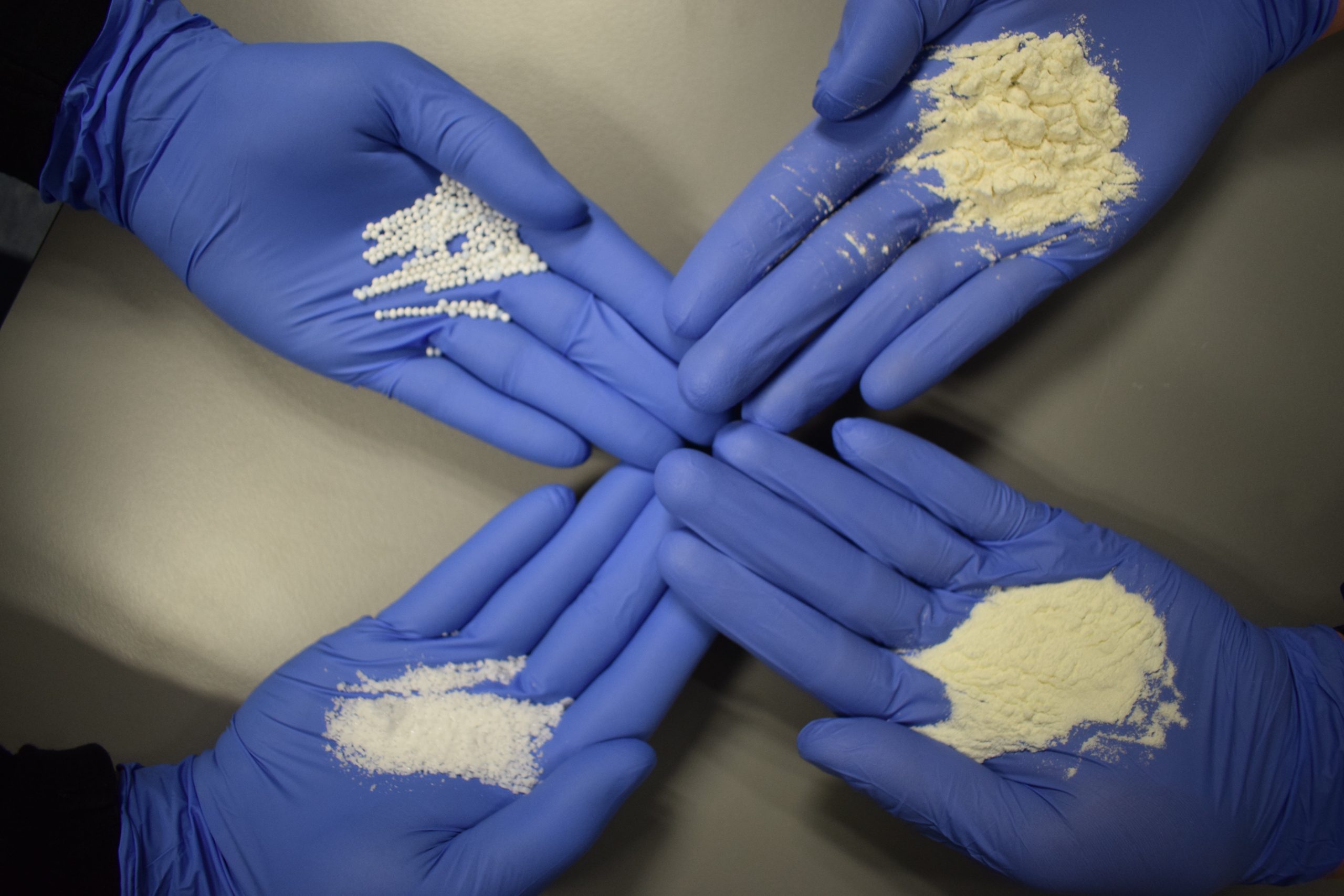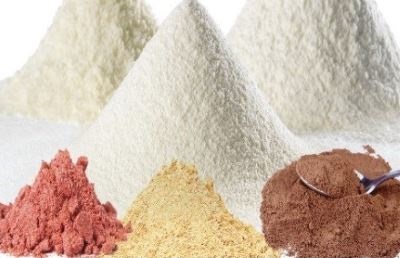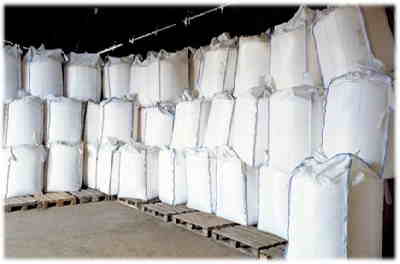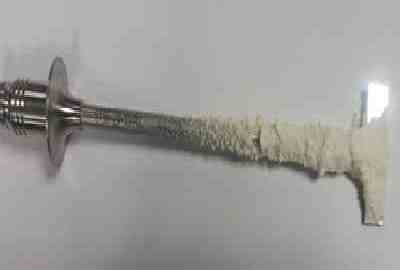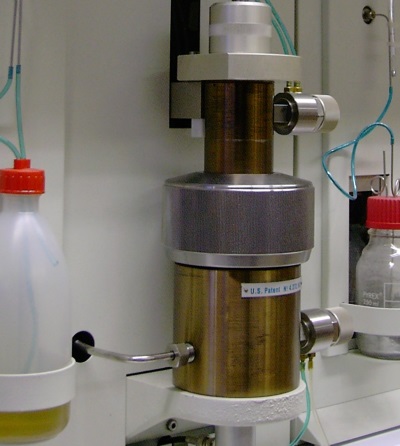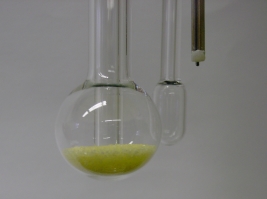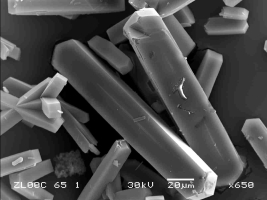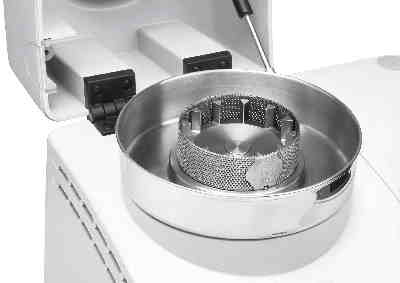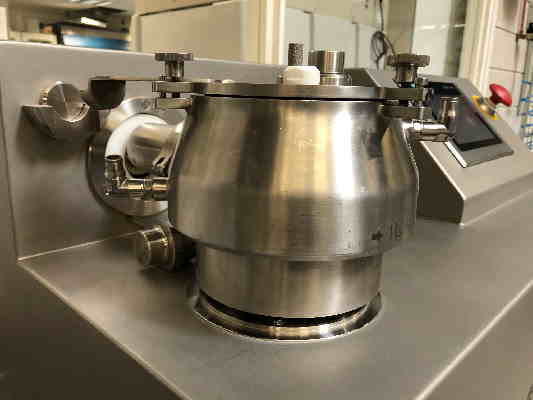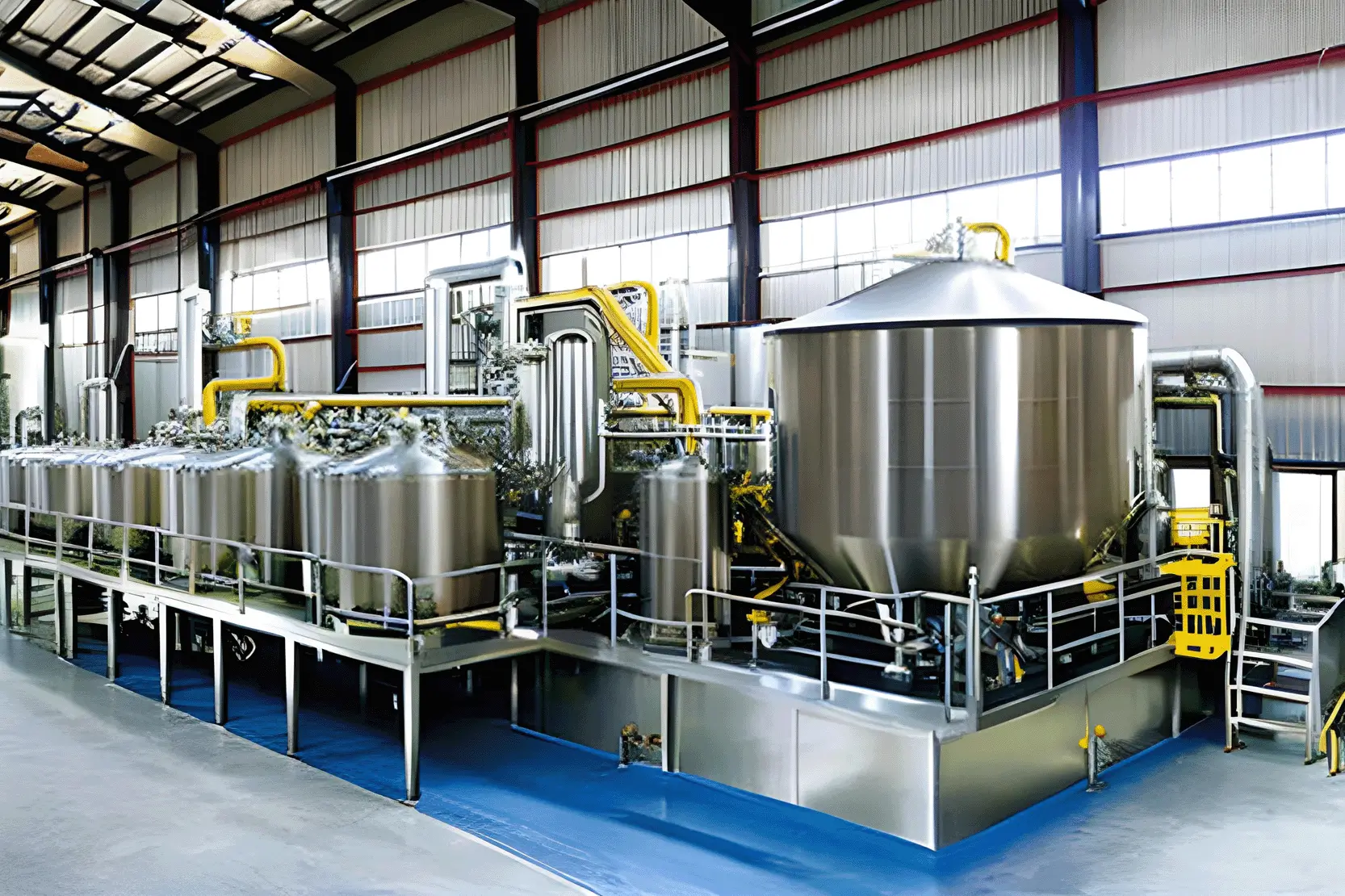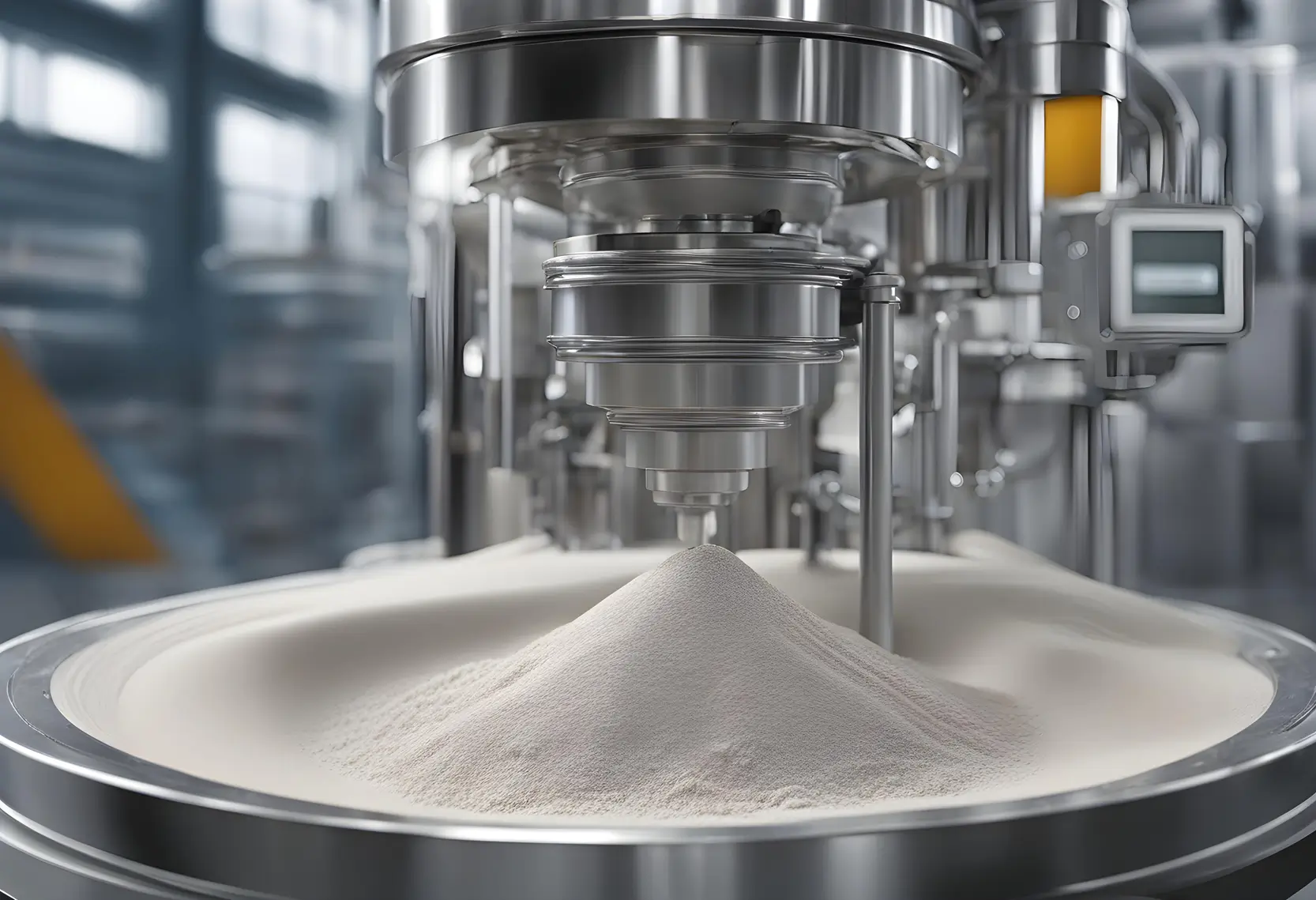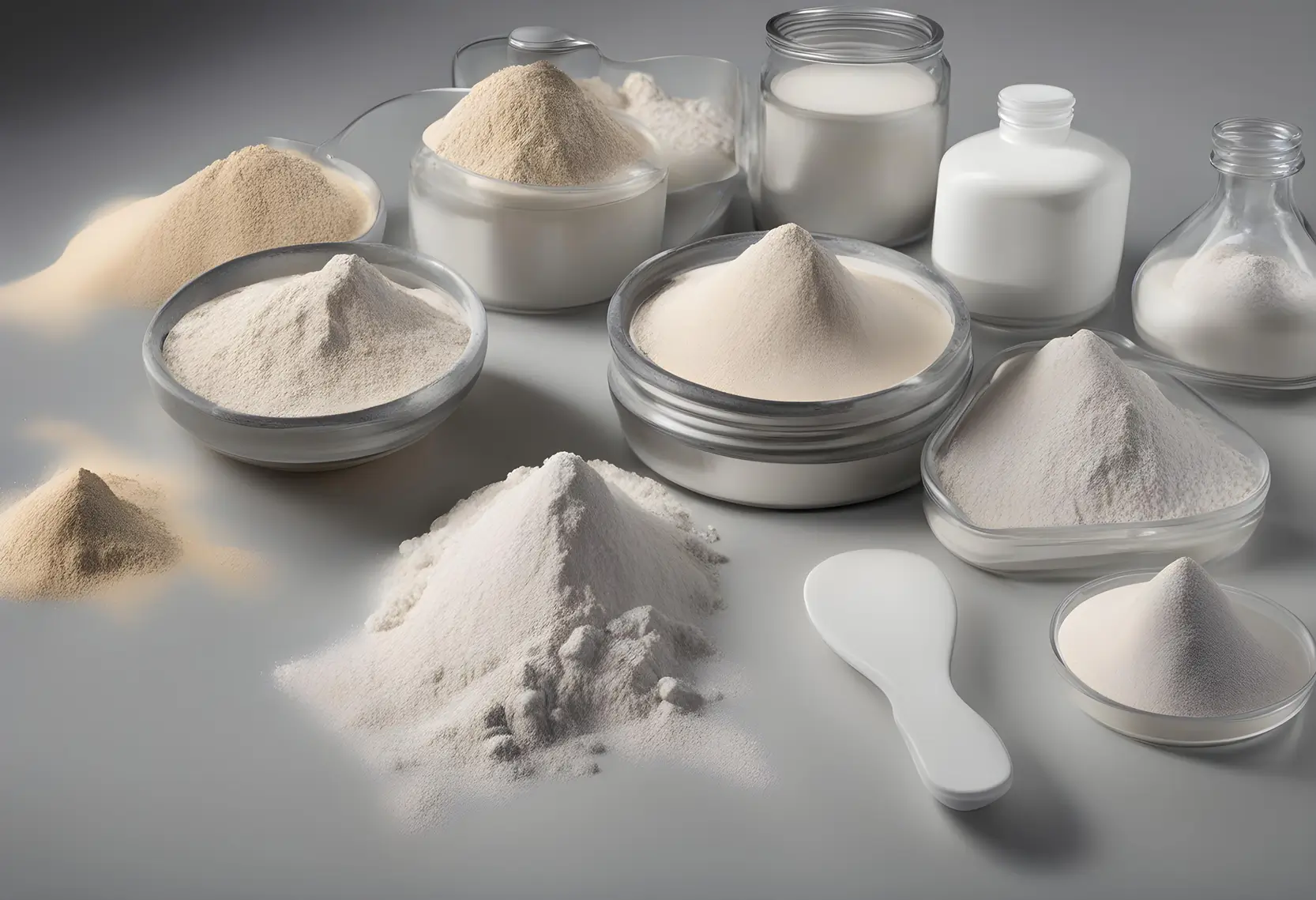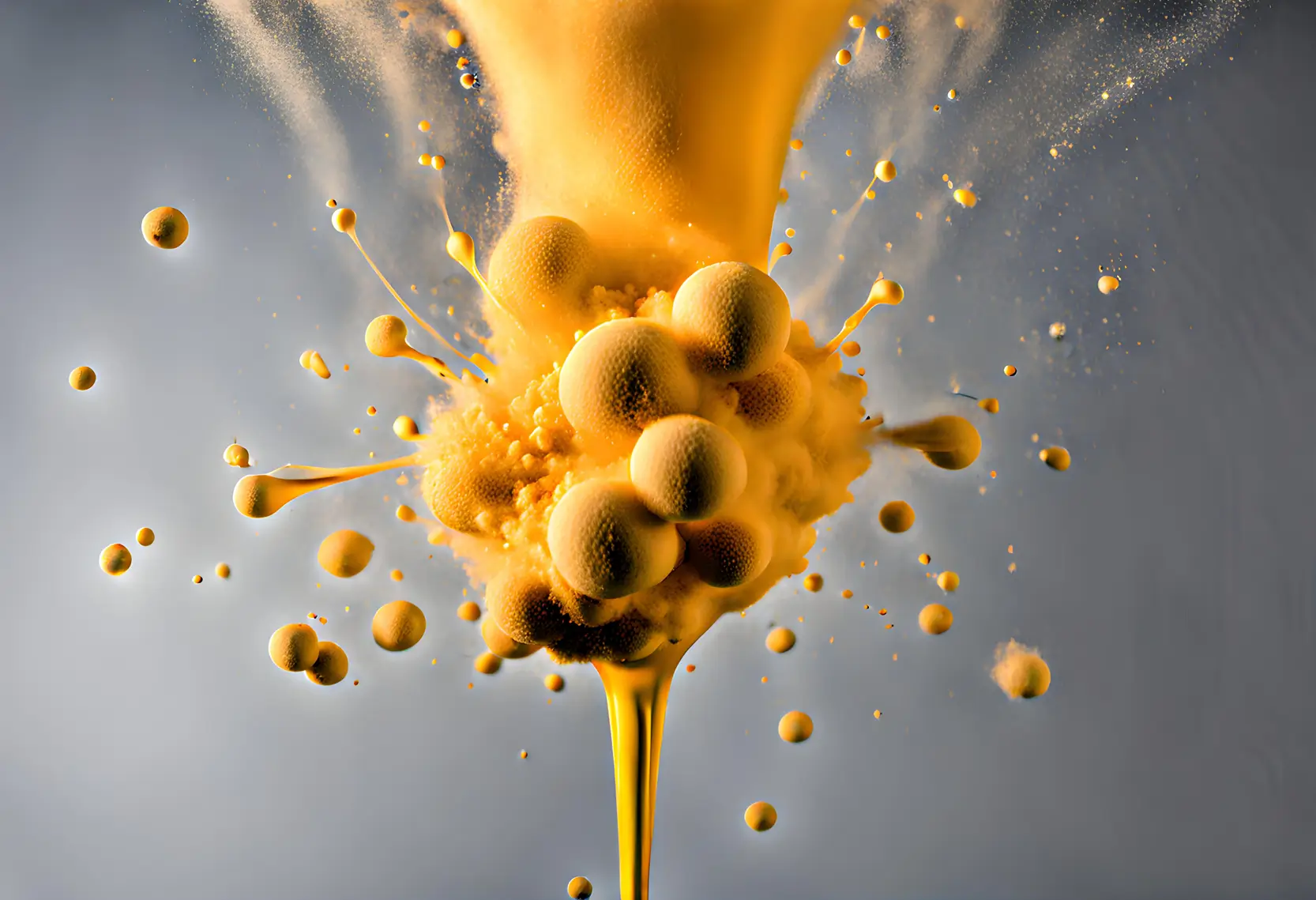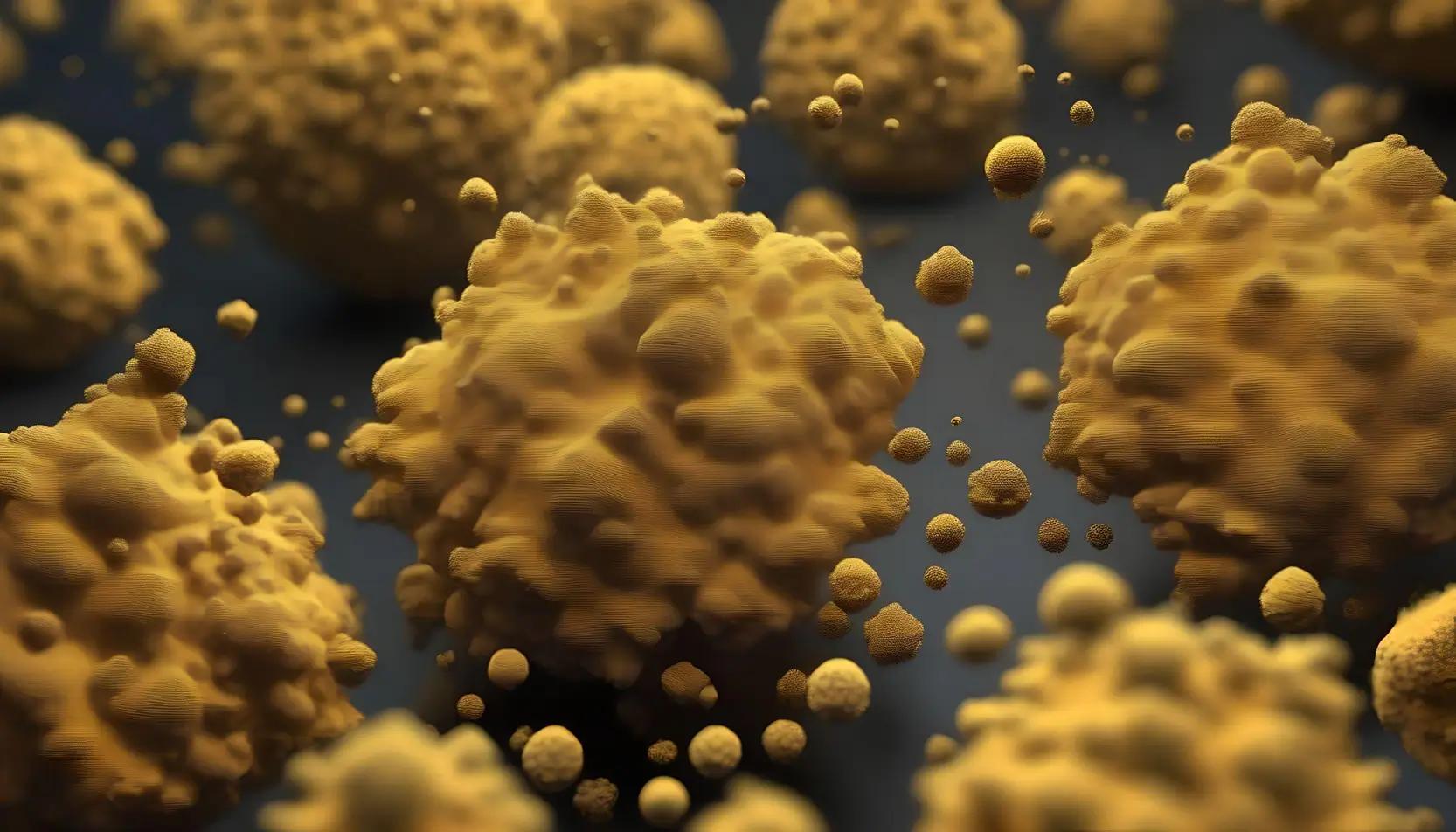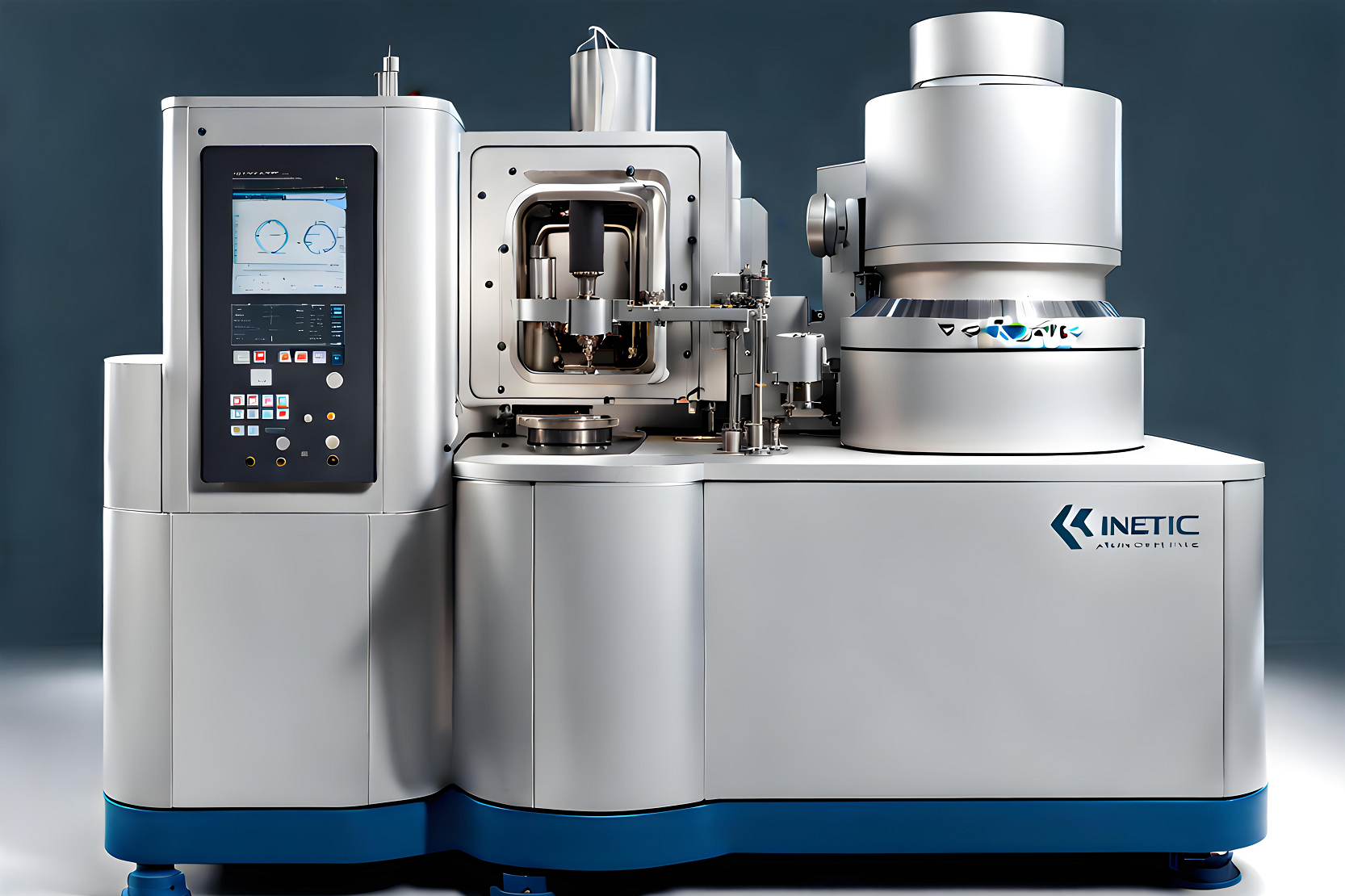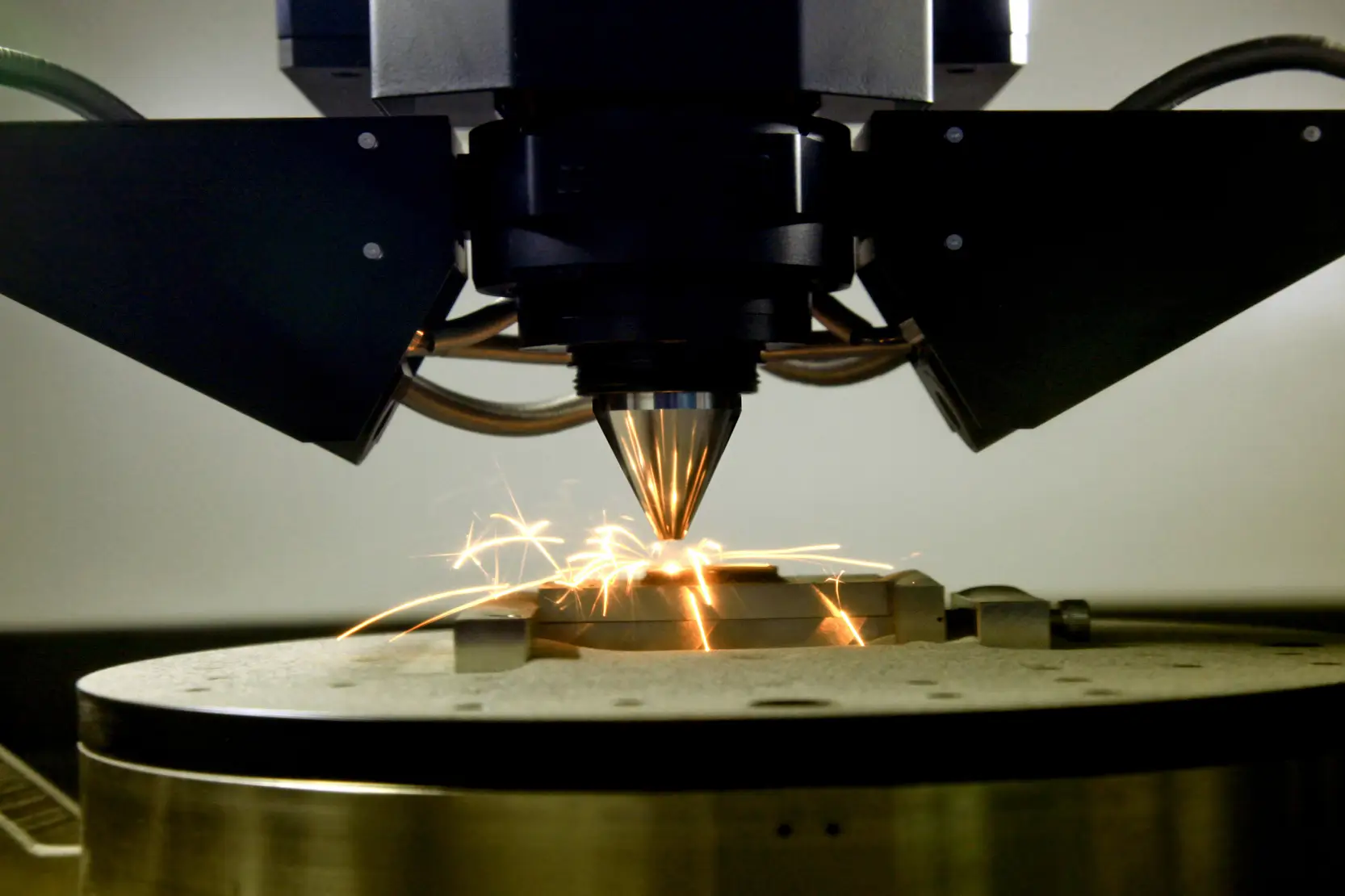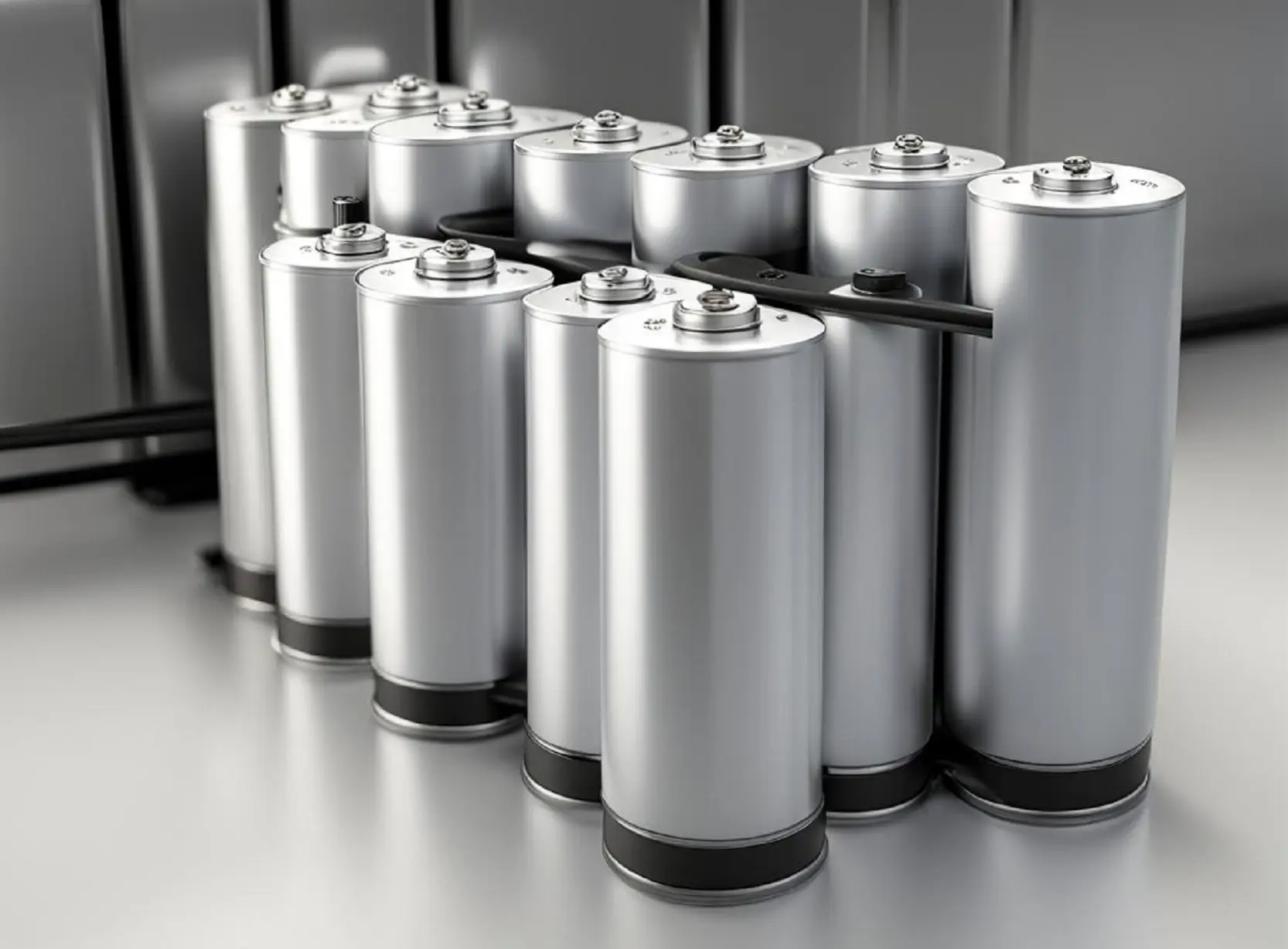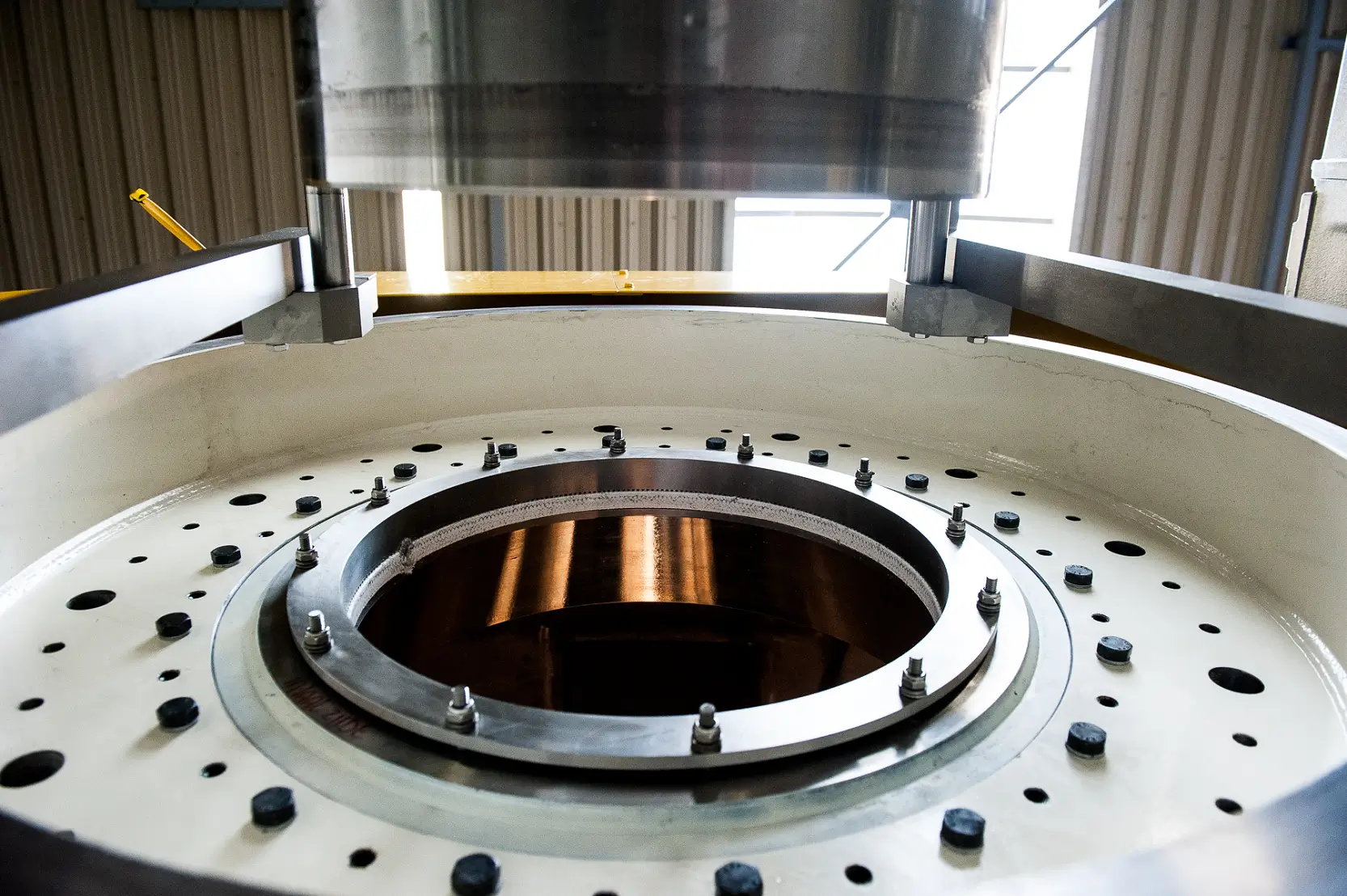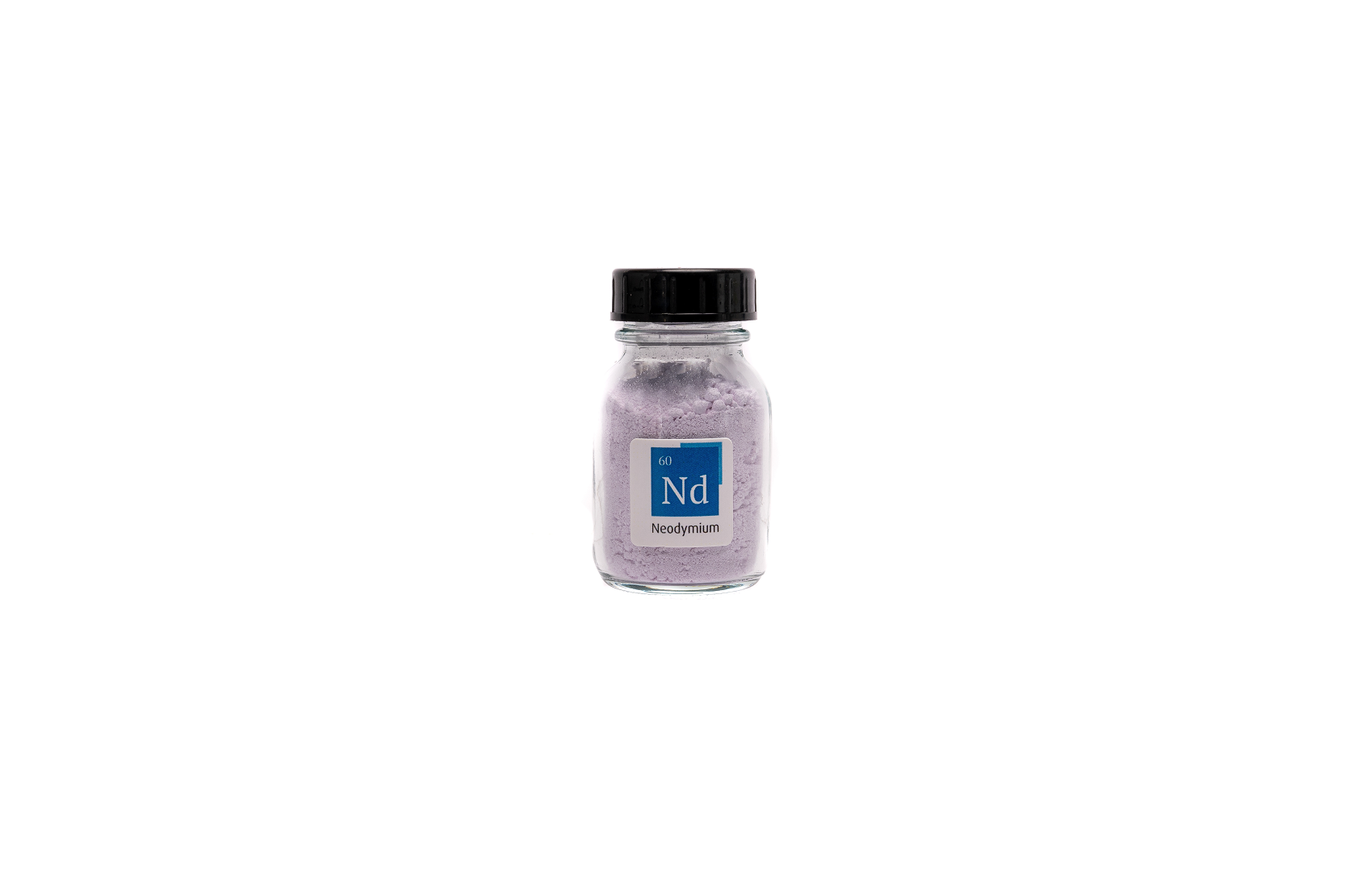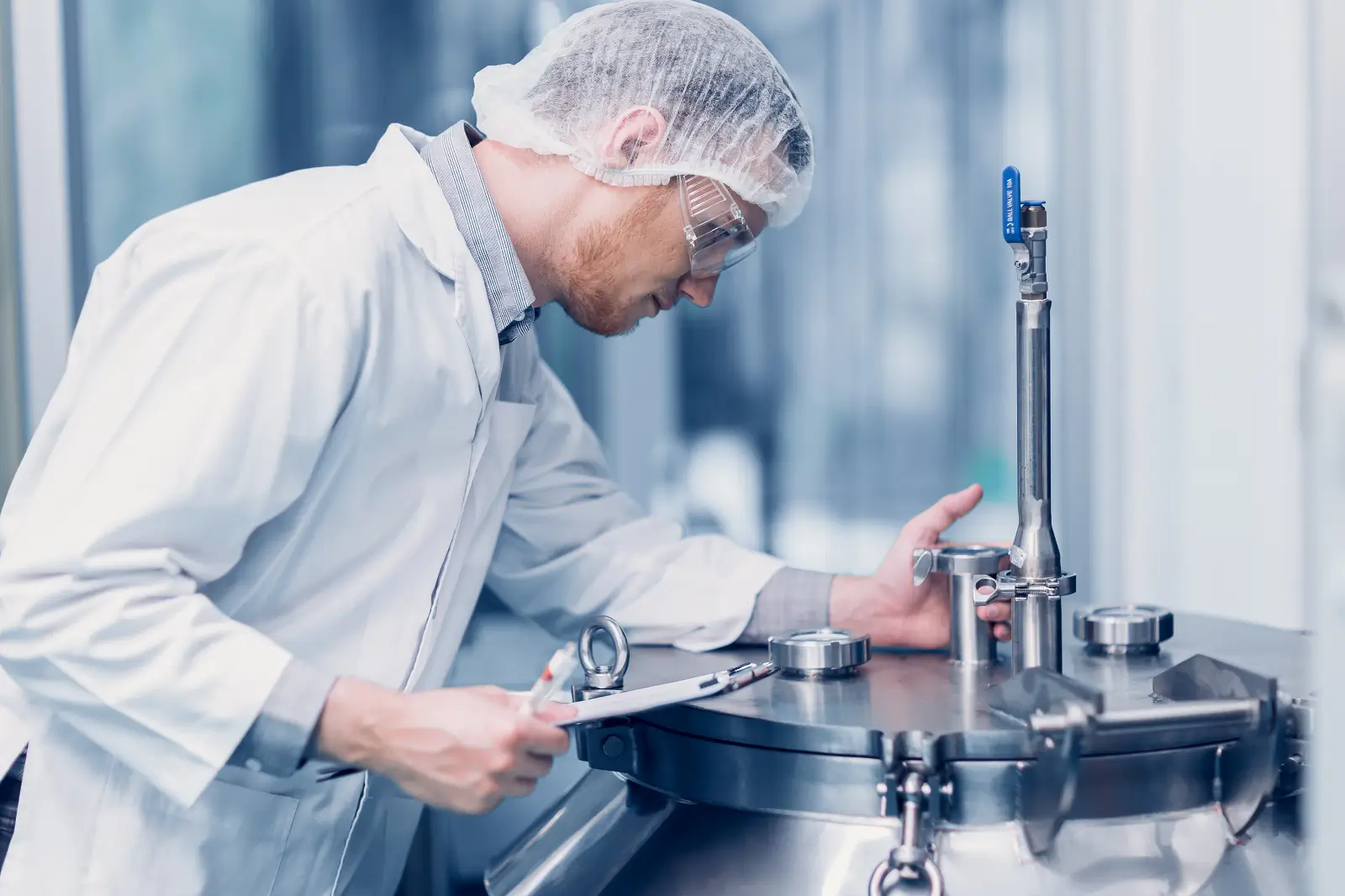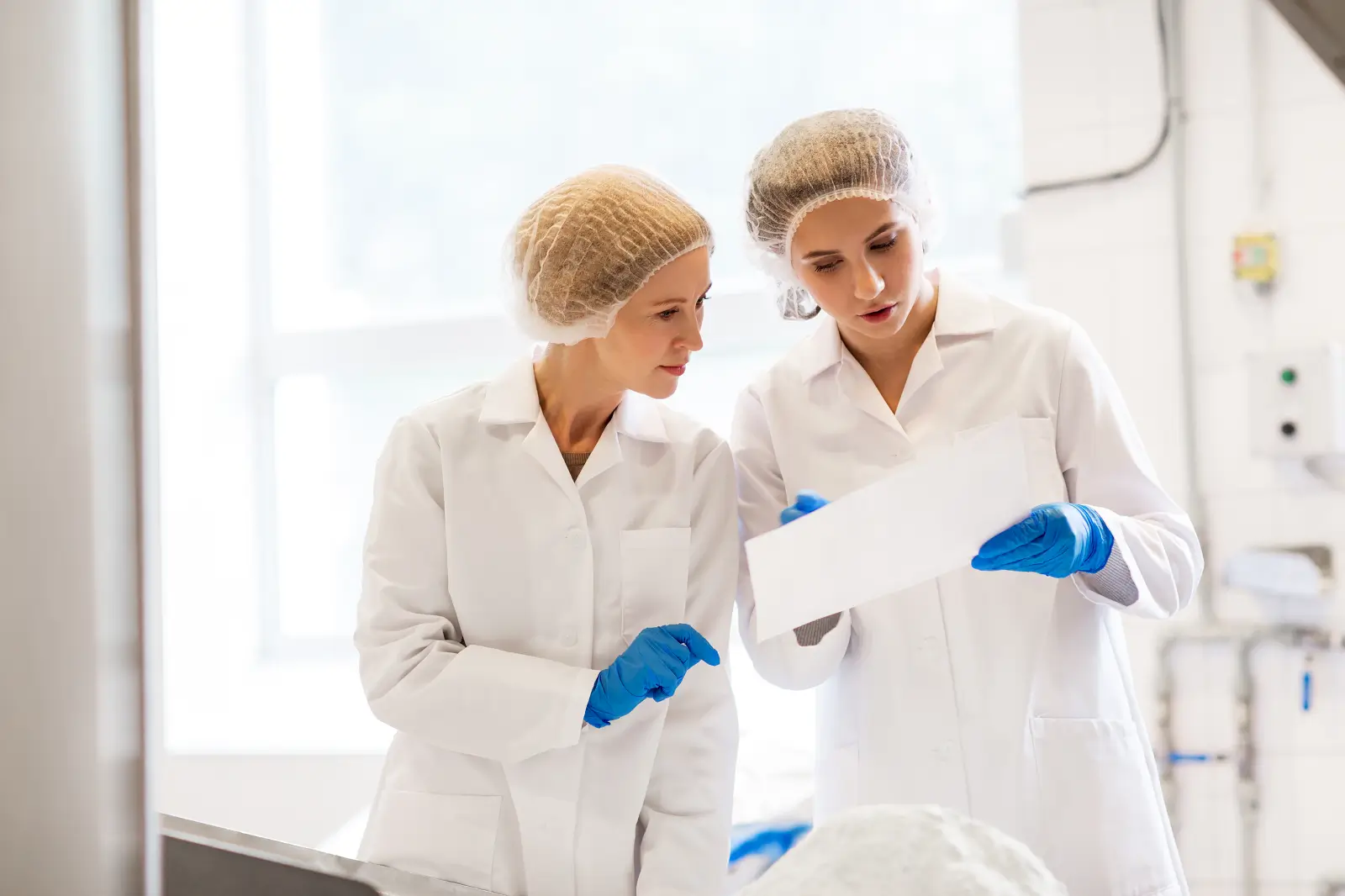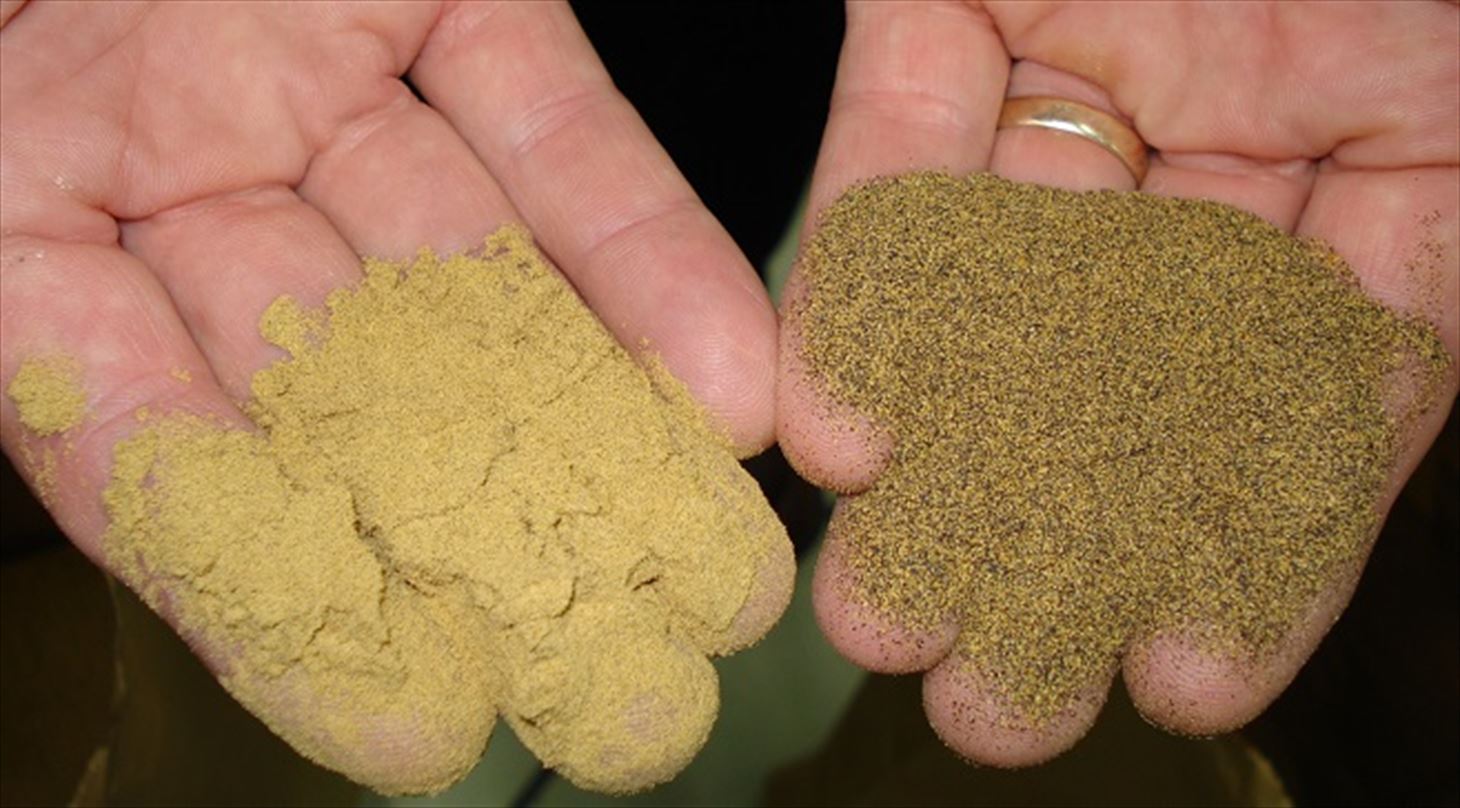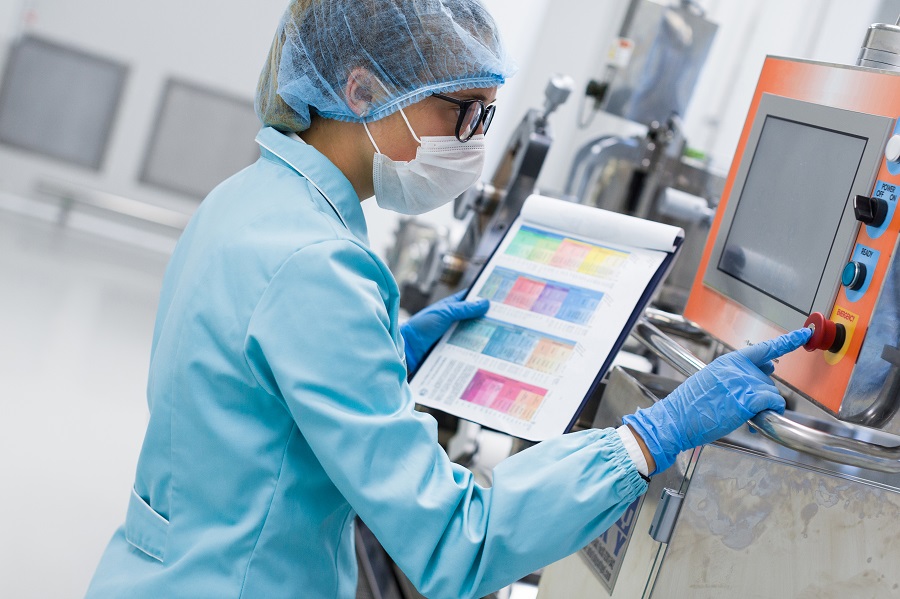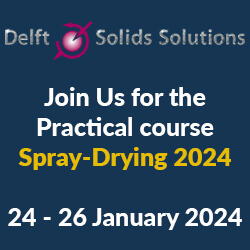Featured articles
Weekly Top Tips
what’s trending
Top Pick Articles
editor’s picks
Prime Archive content, selected by our editors.
Powdertechnology.info insight of the week
Powder Sieving for Particle Size Control
Particle size control is an important aspect in various industries, ranging from pharmaceuticals to food processing and beyond. Achieving the desired particle size distribution in powders is often essential for product quality, performance, and consistency.
Particle size distribution refers to the range of particle sizes present in a given substance. In powders, this distribution directly impacts properties such as solubility, dissolution rates, and overall functionality. Effective particle size control is imperative for ensuring the desired characteristics and performance of the end product.
The Significance of Powder Sieving
Powder sieving is a widely employed technique to control particle size distribution. It involves passing a powder through a sieve with openings of defined sizes. The sieving process separates particles based on their size, allowing for the removal of oversized or undersized particles and resulting in a more uniform distribution.
Role of Sieving in Particle Size Control
- Elimination of Oversized Particles: Sieving helps in removing larger particles that can adversely affect product quality and consistency. This is particularly crucial in industries where precise formulations are required.
- Consistency in Processing: By sieving powders, manufacturers can achieve a consistent particle size distribution, leading to uniform processing and end-product characteristics. This is especially vital in pharmaceutical manufacturing, where dosage uniformity is paramount.
- Enhanced Dissolution Rates: Controlling particle size through sieving can improve the dissolution rates of powders. This is advantageous in applications such as pharmaceuticals, where rapid and complete dissolution is essential for effective drug delivery.
Effective Sieve Selection Tips
- Understand Particle Size Requirements: Define the desired particle size distribution for your specific application. This knowledge serves as a foundation for selecting the appropriate sieve.
- Consider Particle Shape: Particle shape can impact the effectiveness of sieving. Some materials may have irregular shapes that affect how they pass through the sieve apertures. Understanding the particle morphology aids in sieve selection.
- Evaluate Sieve Material: The material of the sieve itself plays a crucial role. Factors such as corrosion resistance, durability, and compatibility with the sieved powder should be considered.
- Optimize Aperture Size: Selecting the right aperture size is pivotal. It determines which particles pass through and which are retained. Careful consideration of the particle size distribution ensures optimal sieve performance.
Rounding it off
In the light of particle size control, powder sieving can be seen as a foundational technique. From eliminating oversized particles to enhancing dissolution rates, the role of sieving is multifaceted. Effective sieve selection, guided by an understanding of particle size requirements and material characteristics, is paramount for achieving the desired results. As industries continue to push the boundaries of innovation, the science behind powder sieving remains a critical component in ensuring product quality and performance.
Partner content
Our videos
popular news & articles
News and articles in your inbox
Sign up and receive PowderTechnology.info news, articles, and content from our partners in a quick and easy monthly newsletter.
Popular this month
Events
Delft Solids Solutions presents a comprehensive 2-day Particle Characterization course, intricately linked with a 1-day Porosity and Surface Area Characterization program. Designed for industries dealing with diverse materials, the course explores fundamental principles, definitions, and techniques for particle size and shape characterization. Key topics include sampling, sieving, sedimentation, microscopy, and quality control, with practical demonstrations reinforcing theoretical knowledge in the well-equipped laboratory. Scheduled for November 26-27, 2024, in Wateringen, The Netherlands, the course offers participants a profound understanding of particle characterization techniques, enabling them to interpret results and ensure measurement reliability. Upon completion, a certificate of participation is awarded. For inquiries or registration, contact Delft Solids Solutions at +31 174 271 460 or info@solids-solutions.com.


